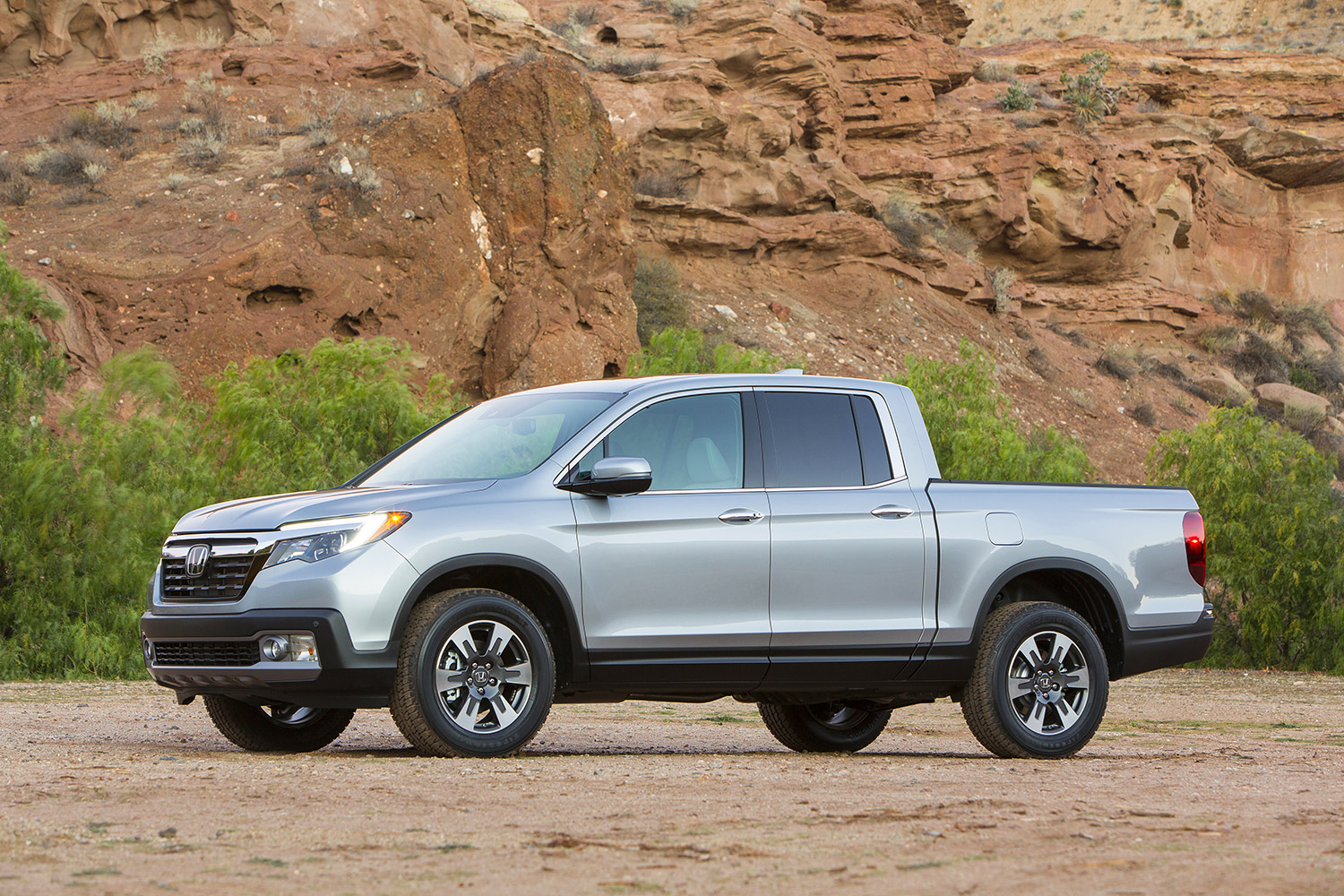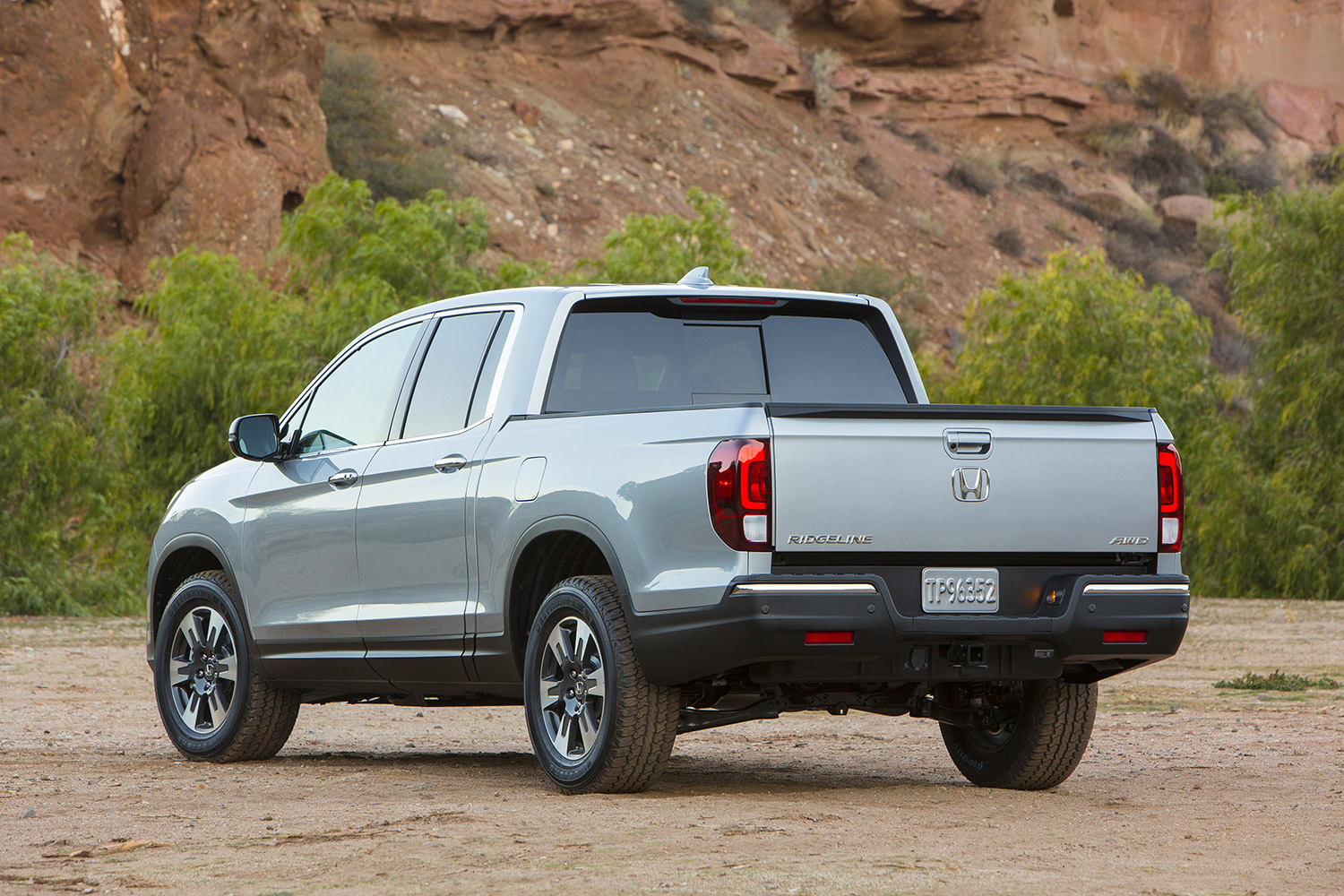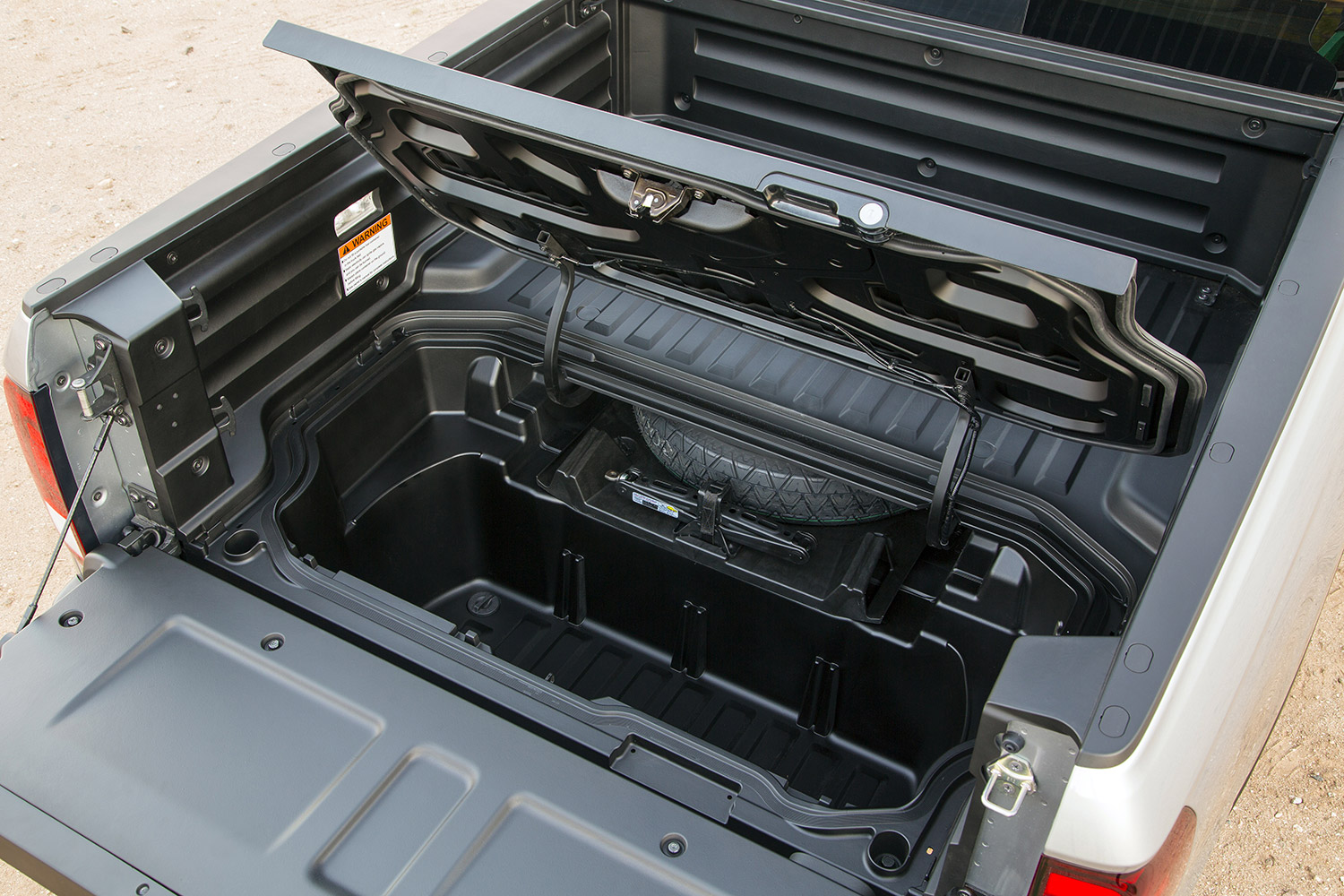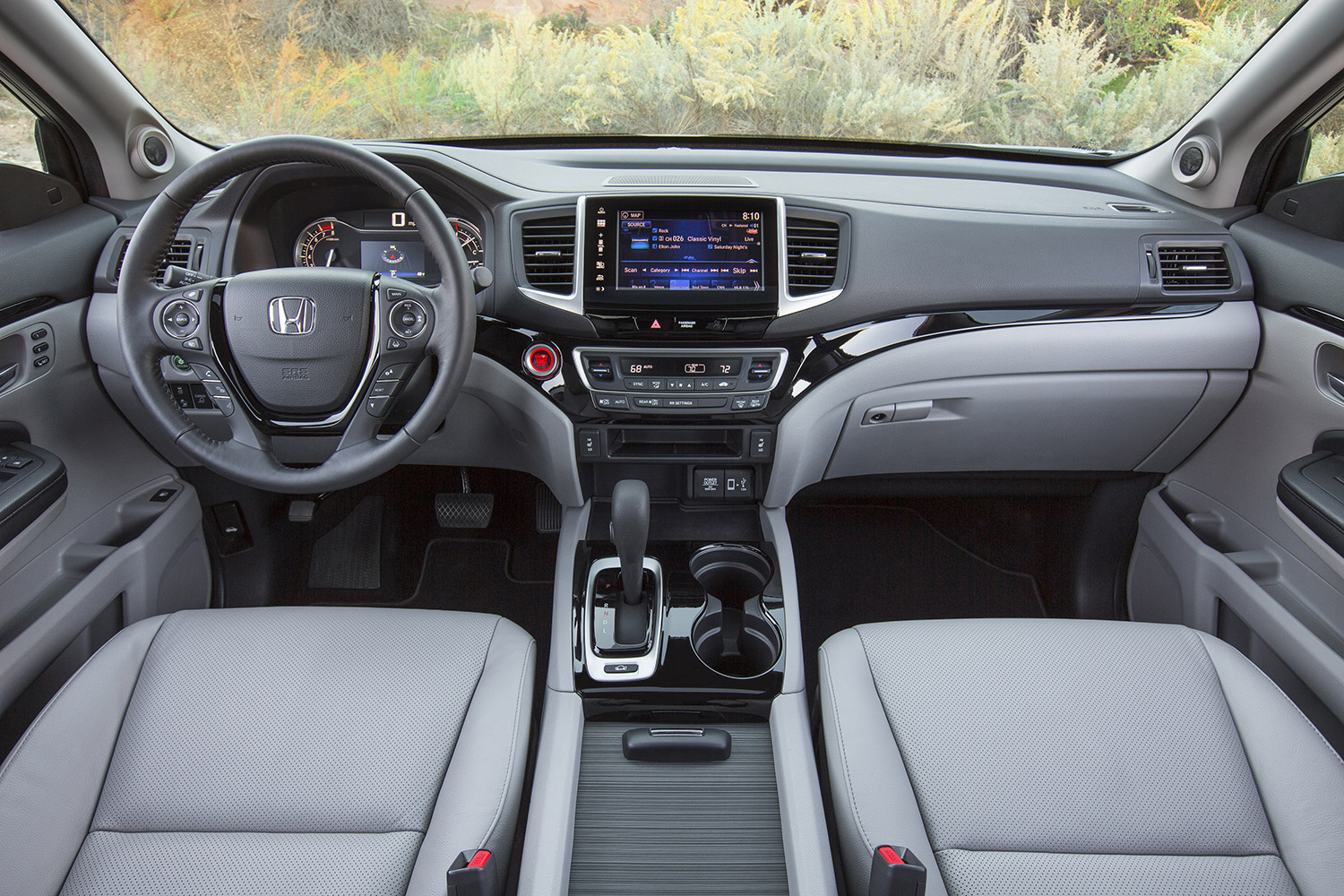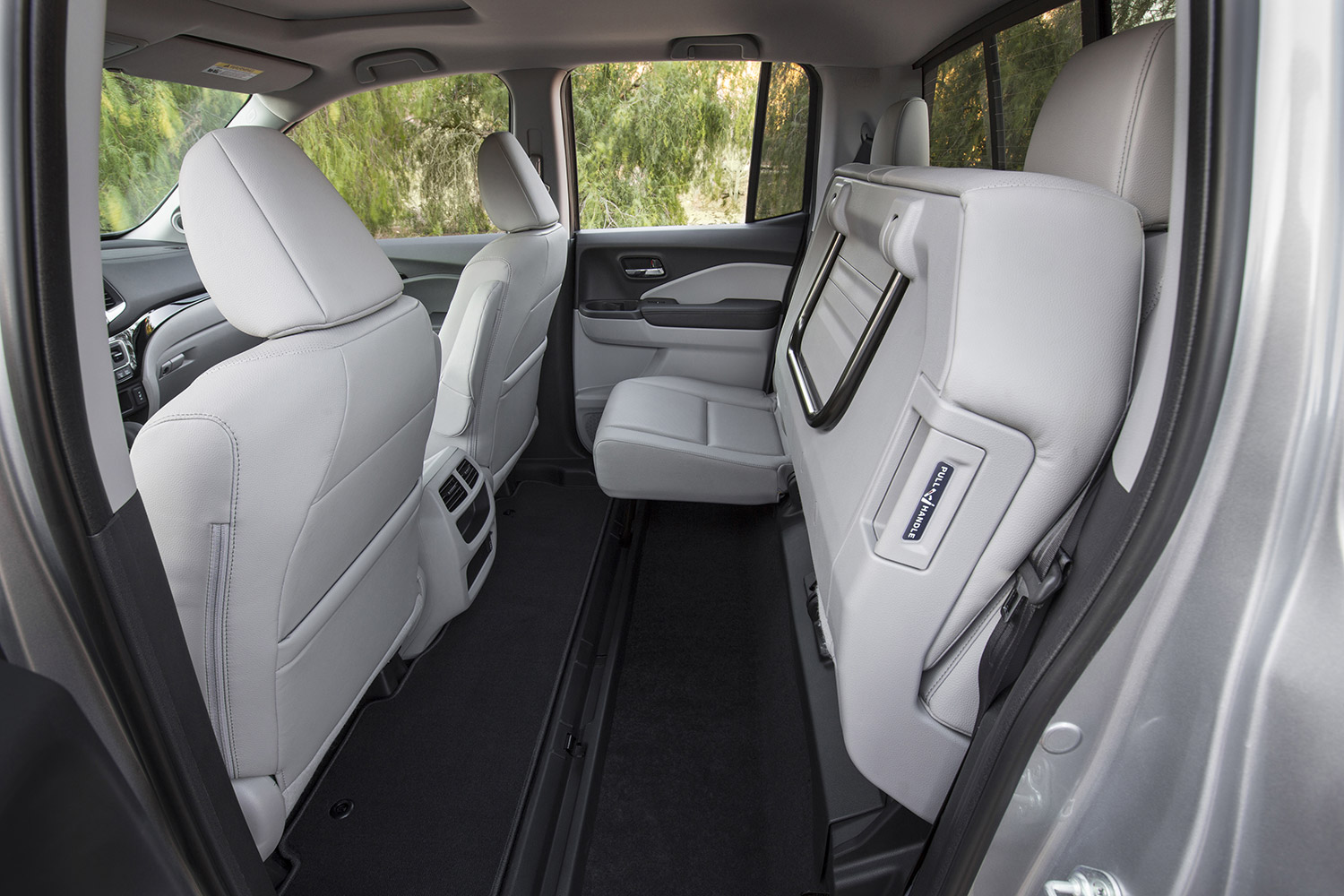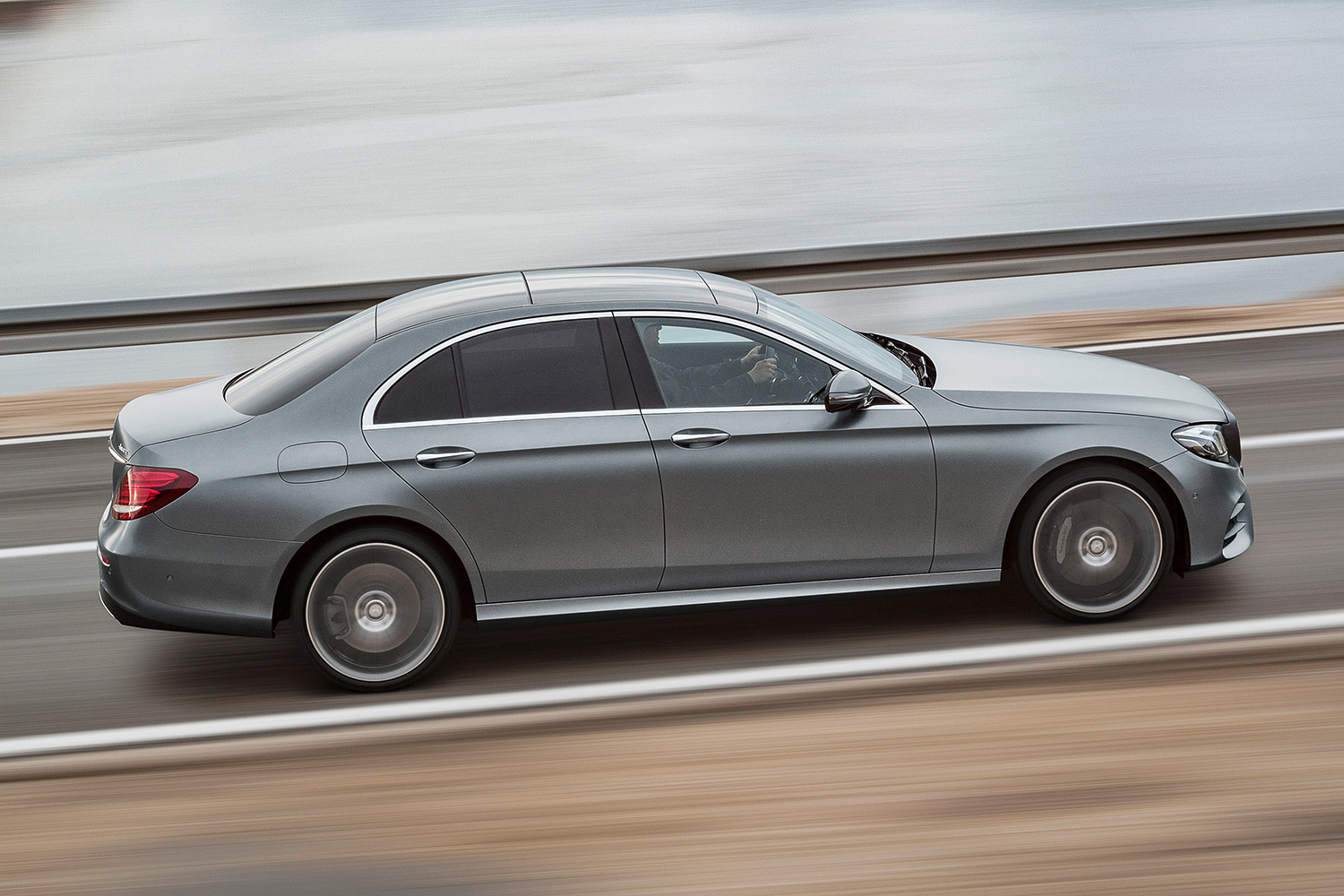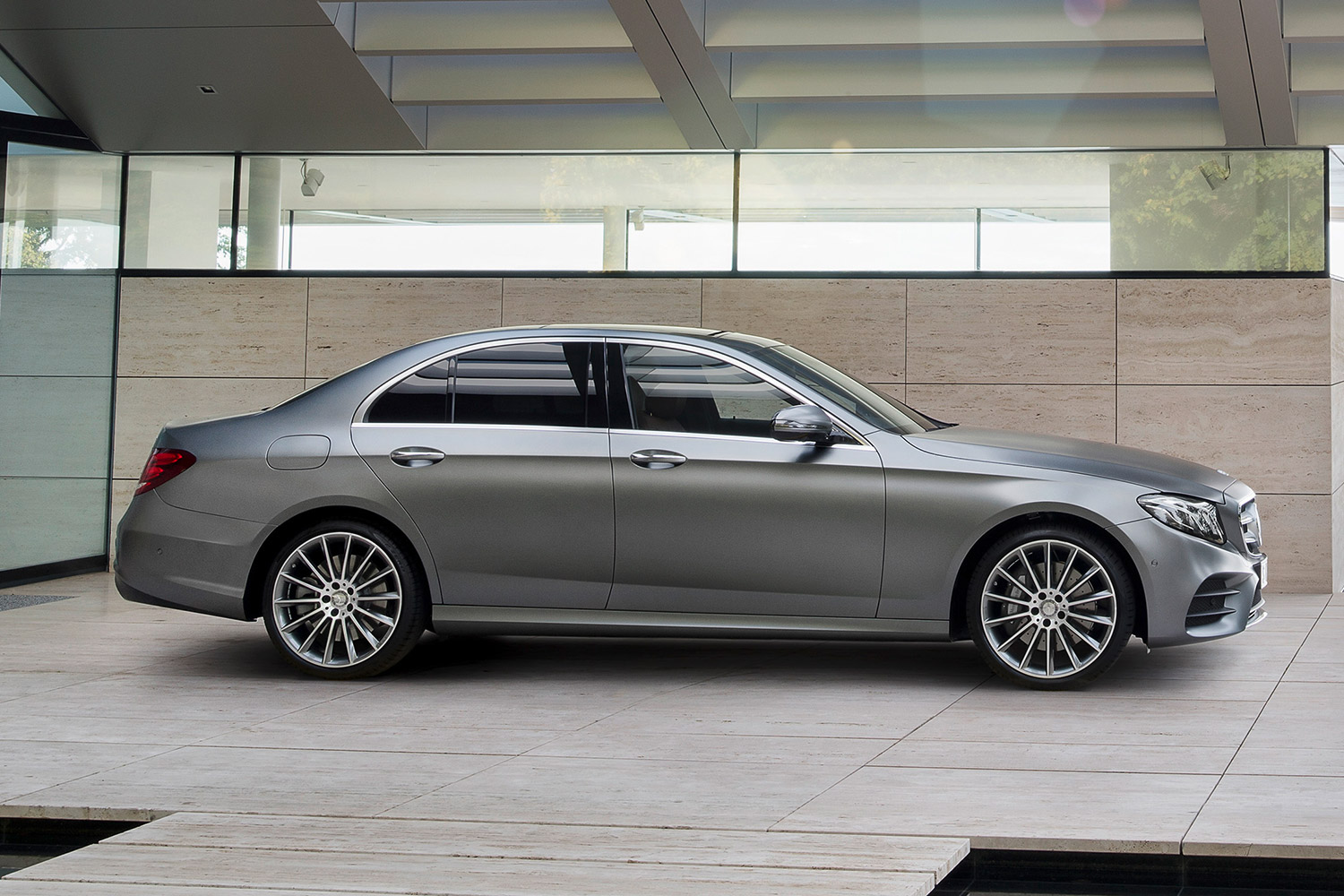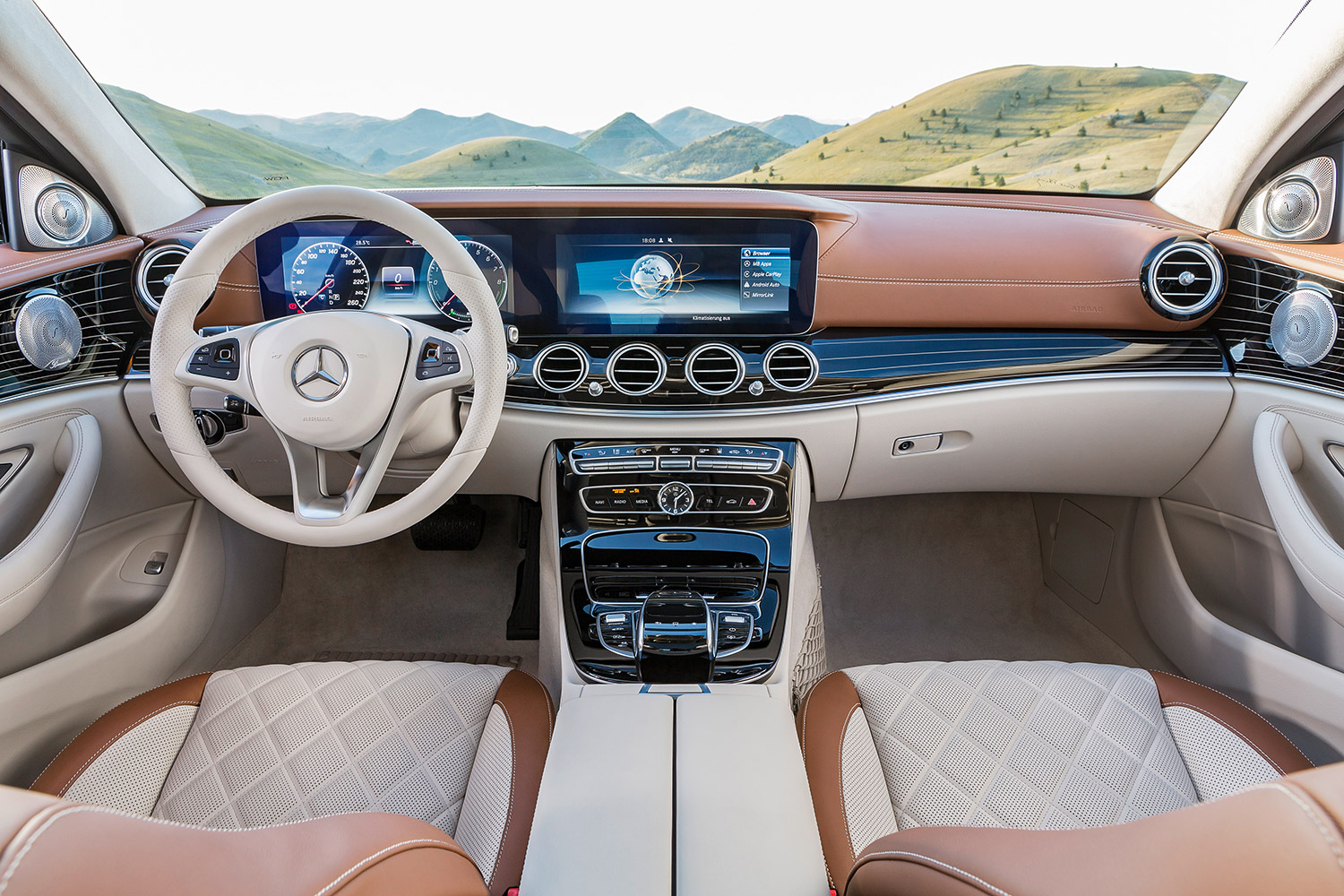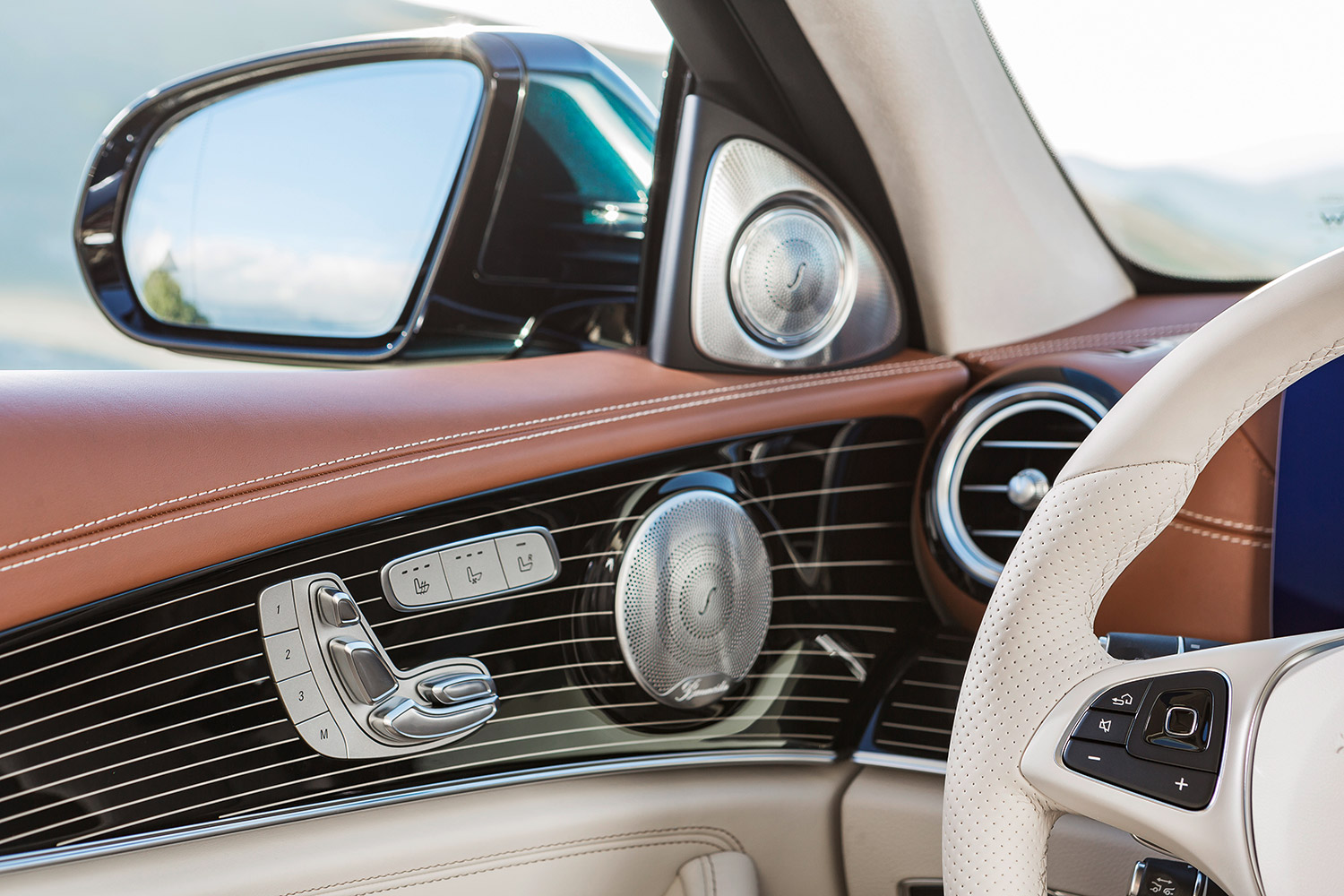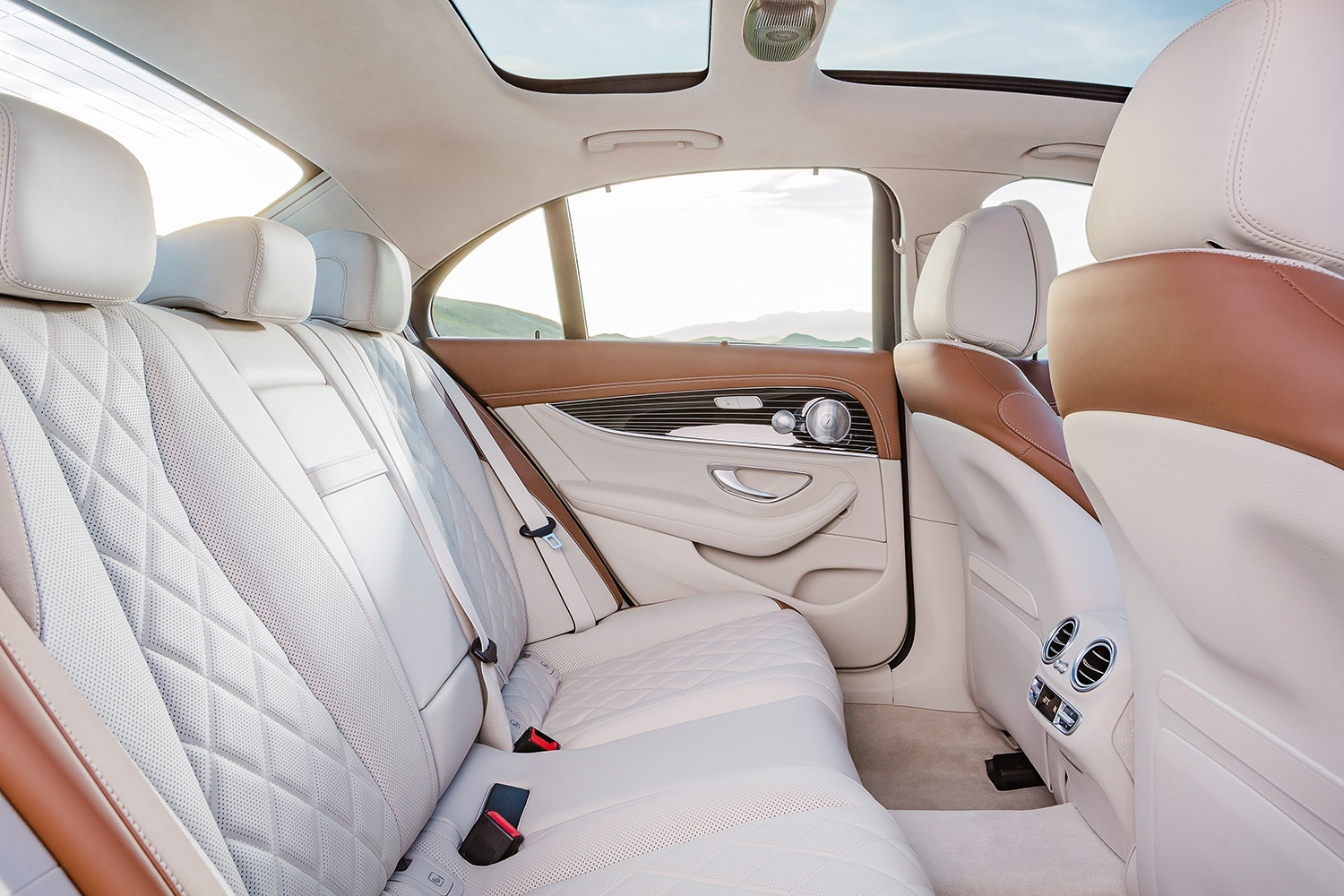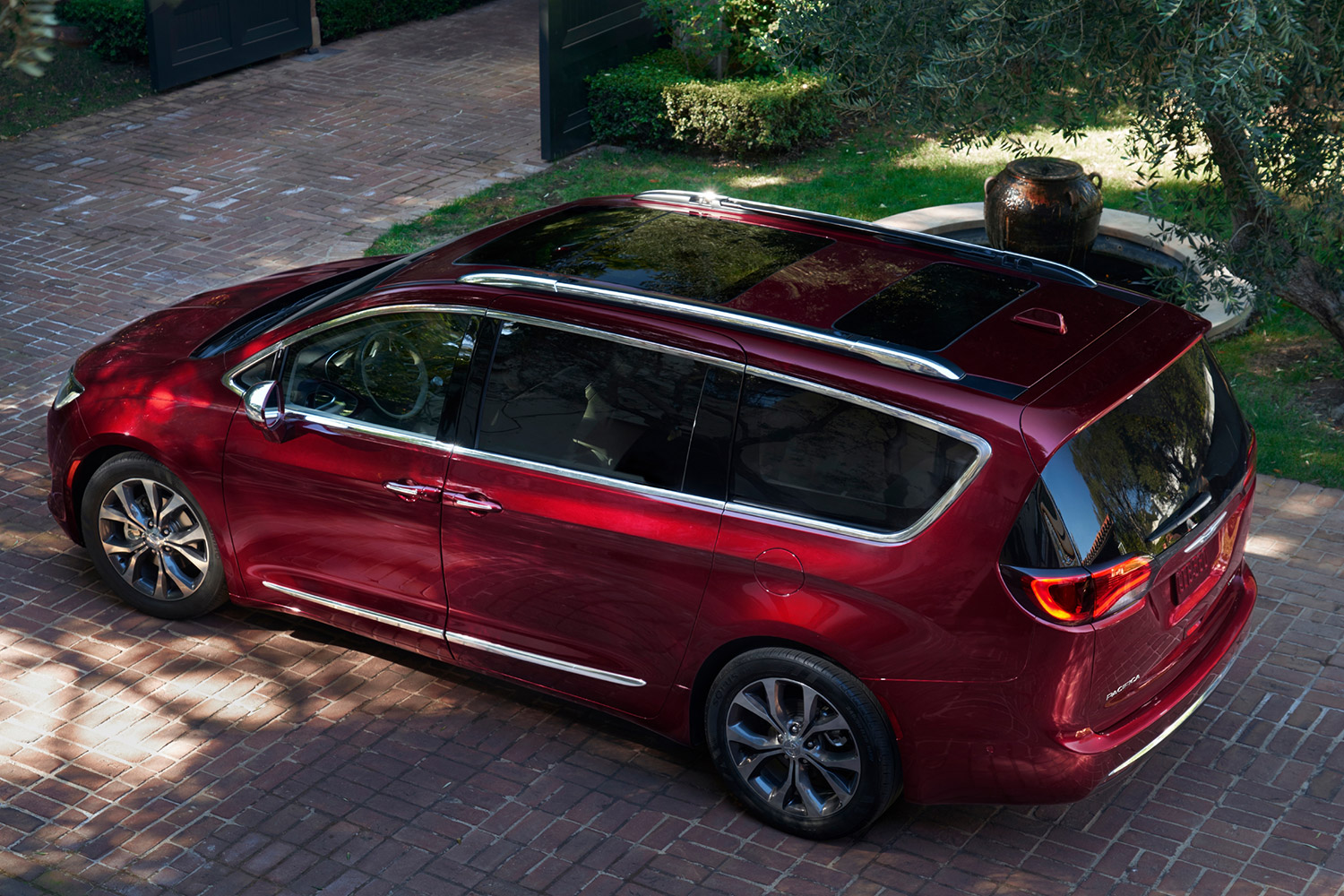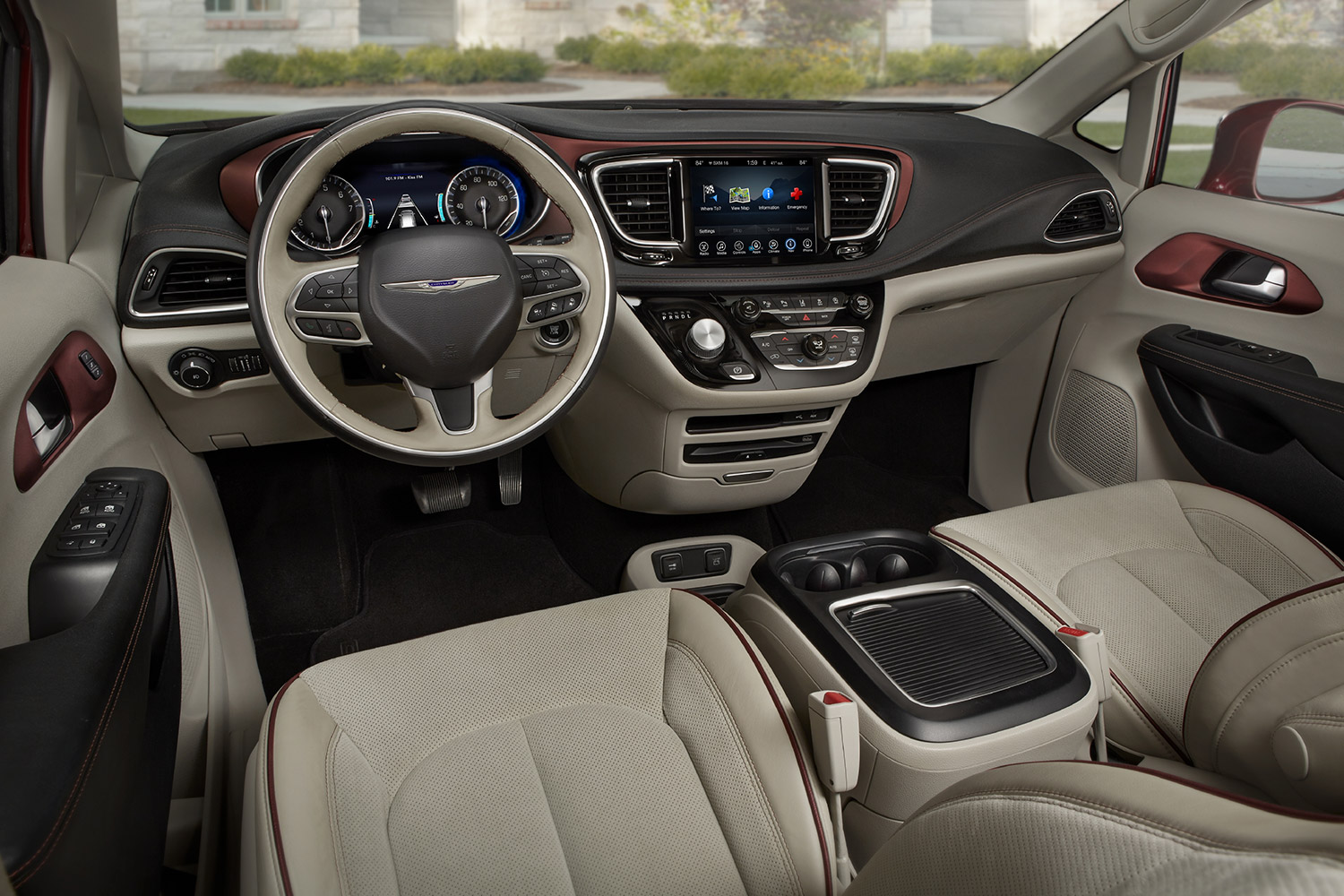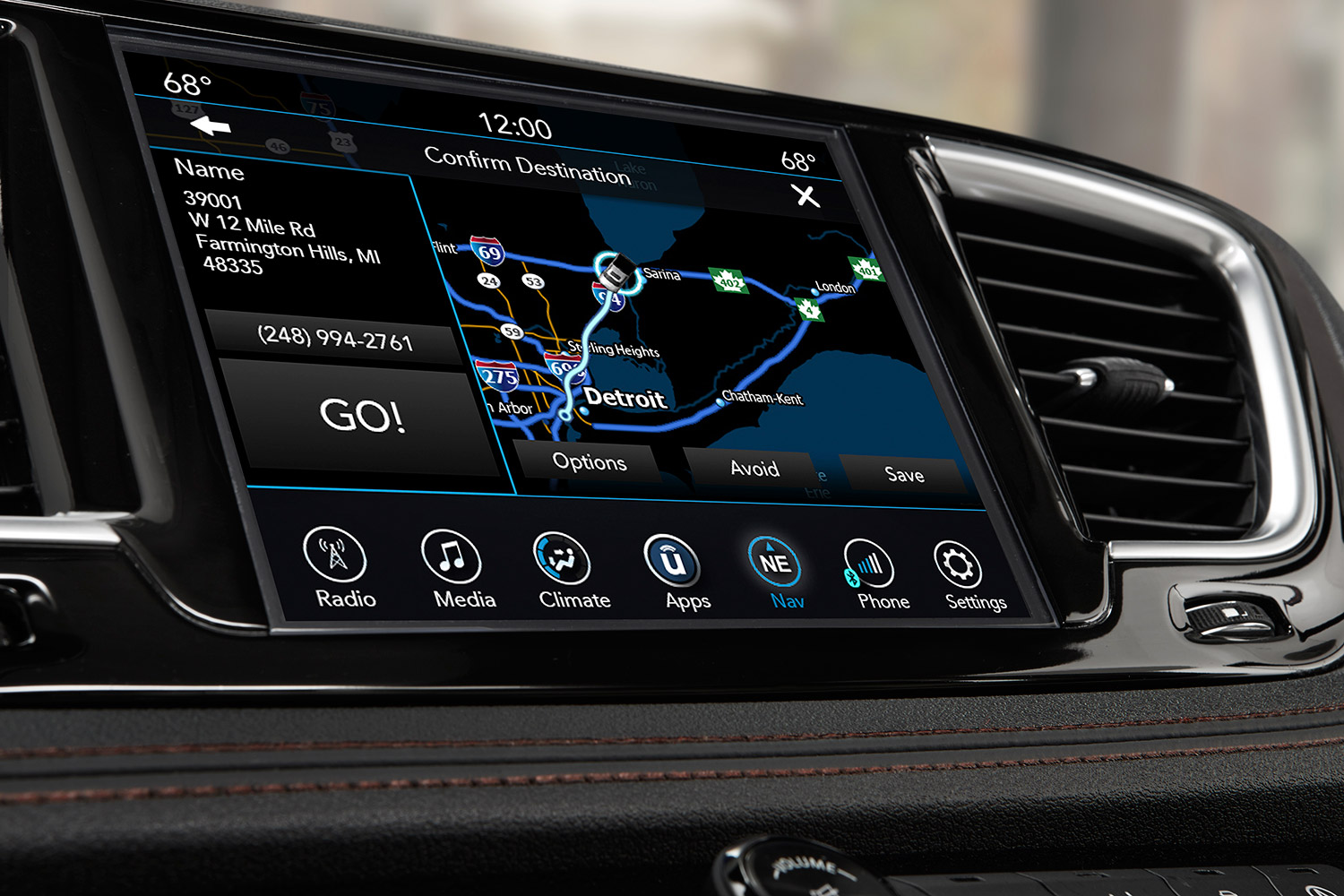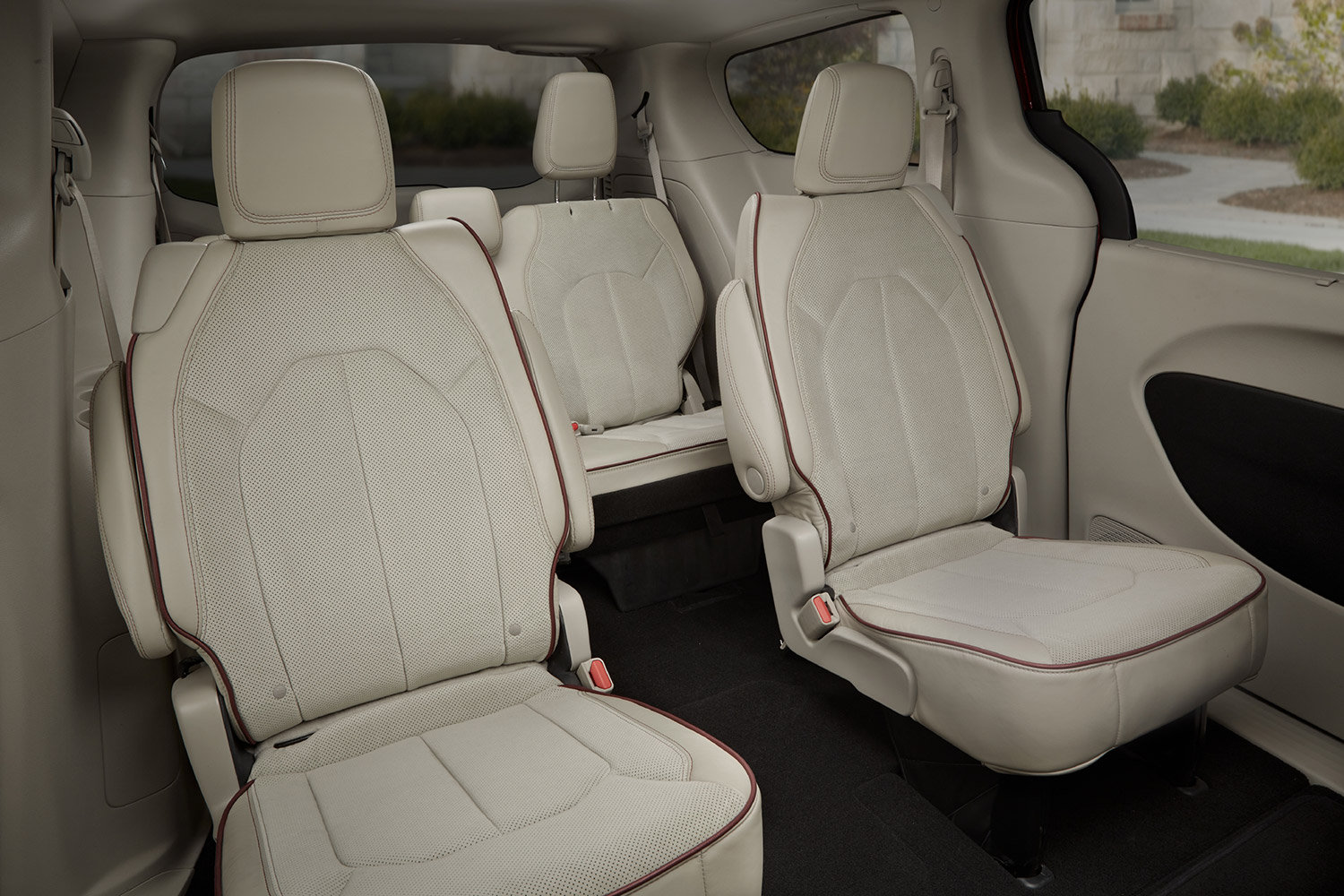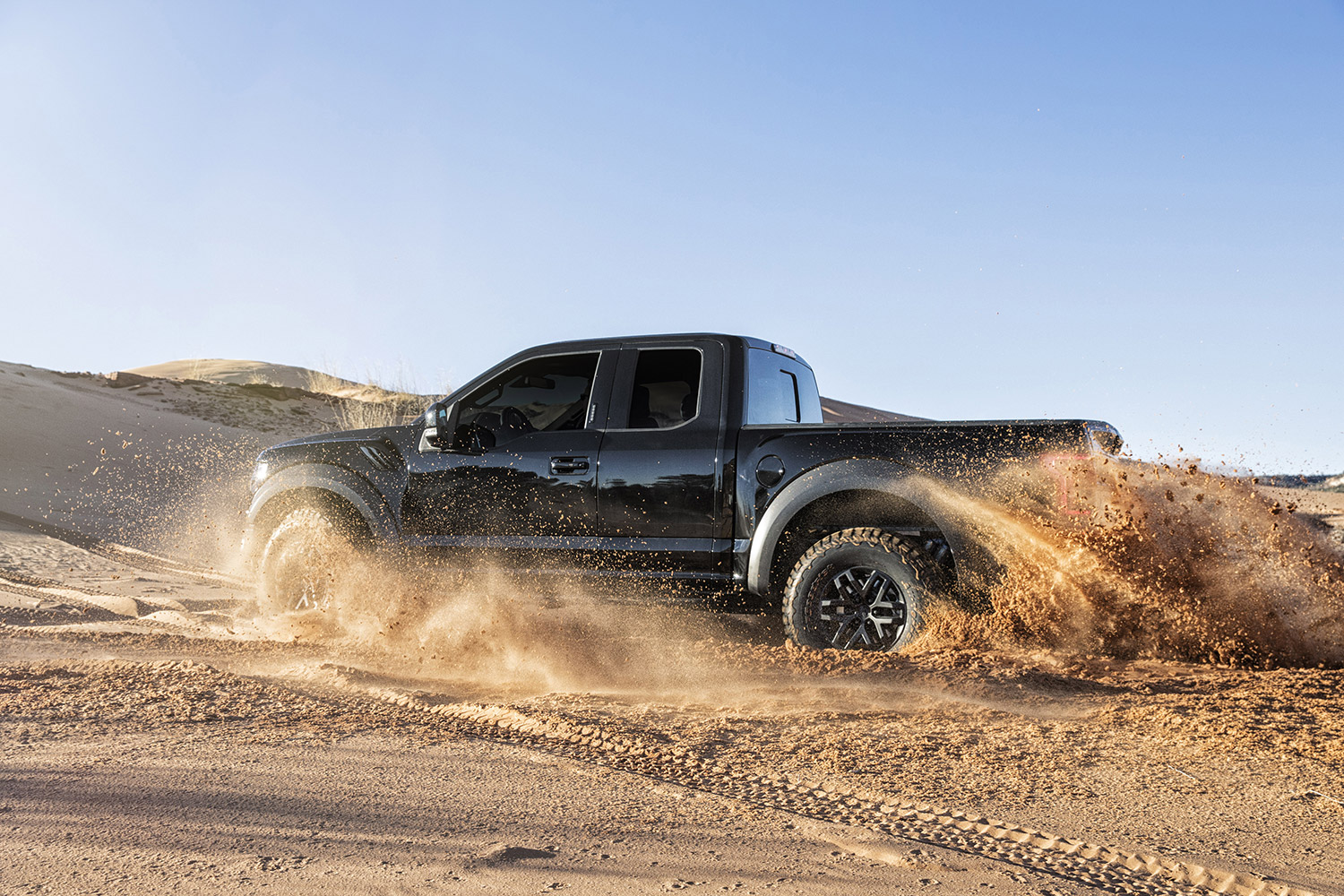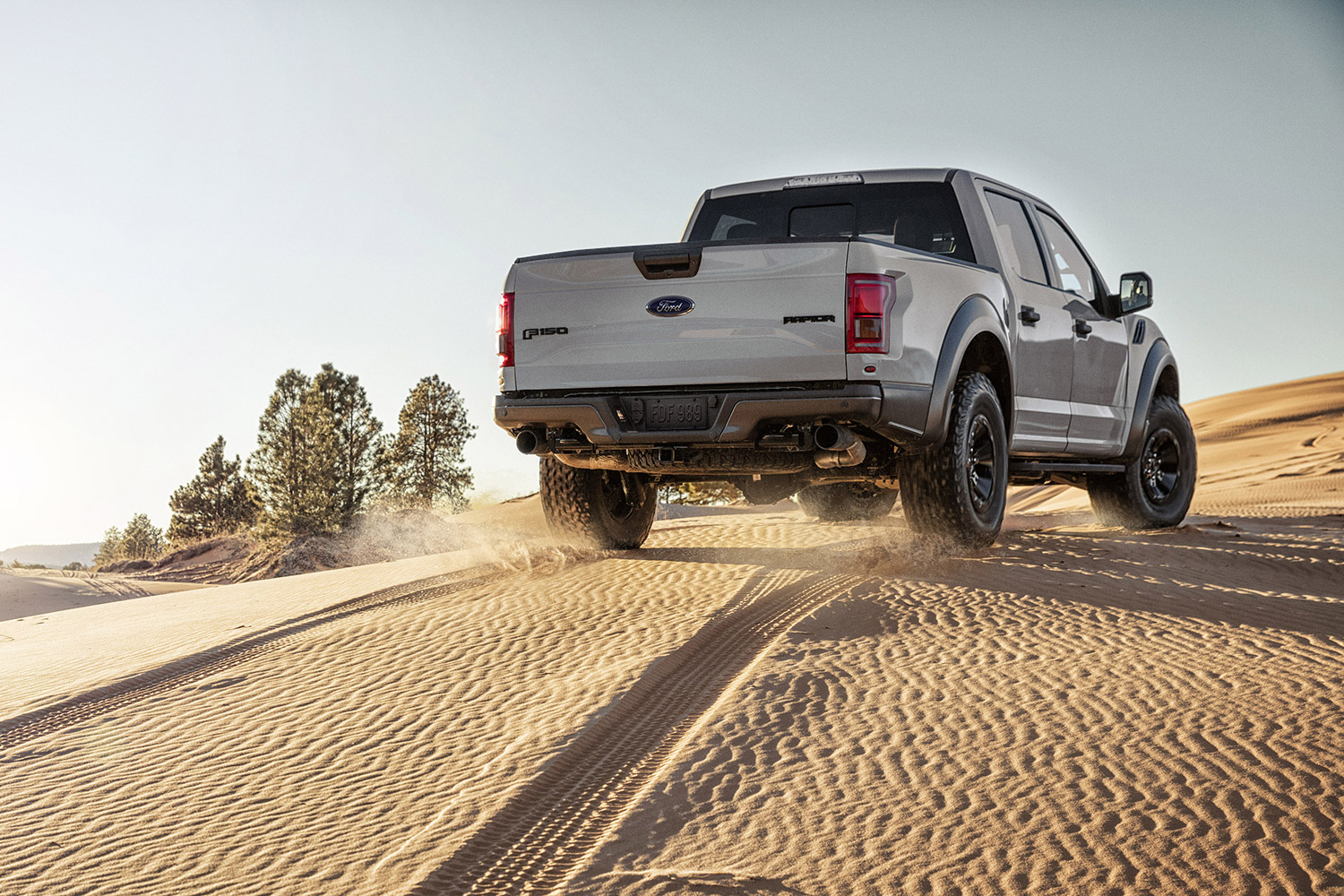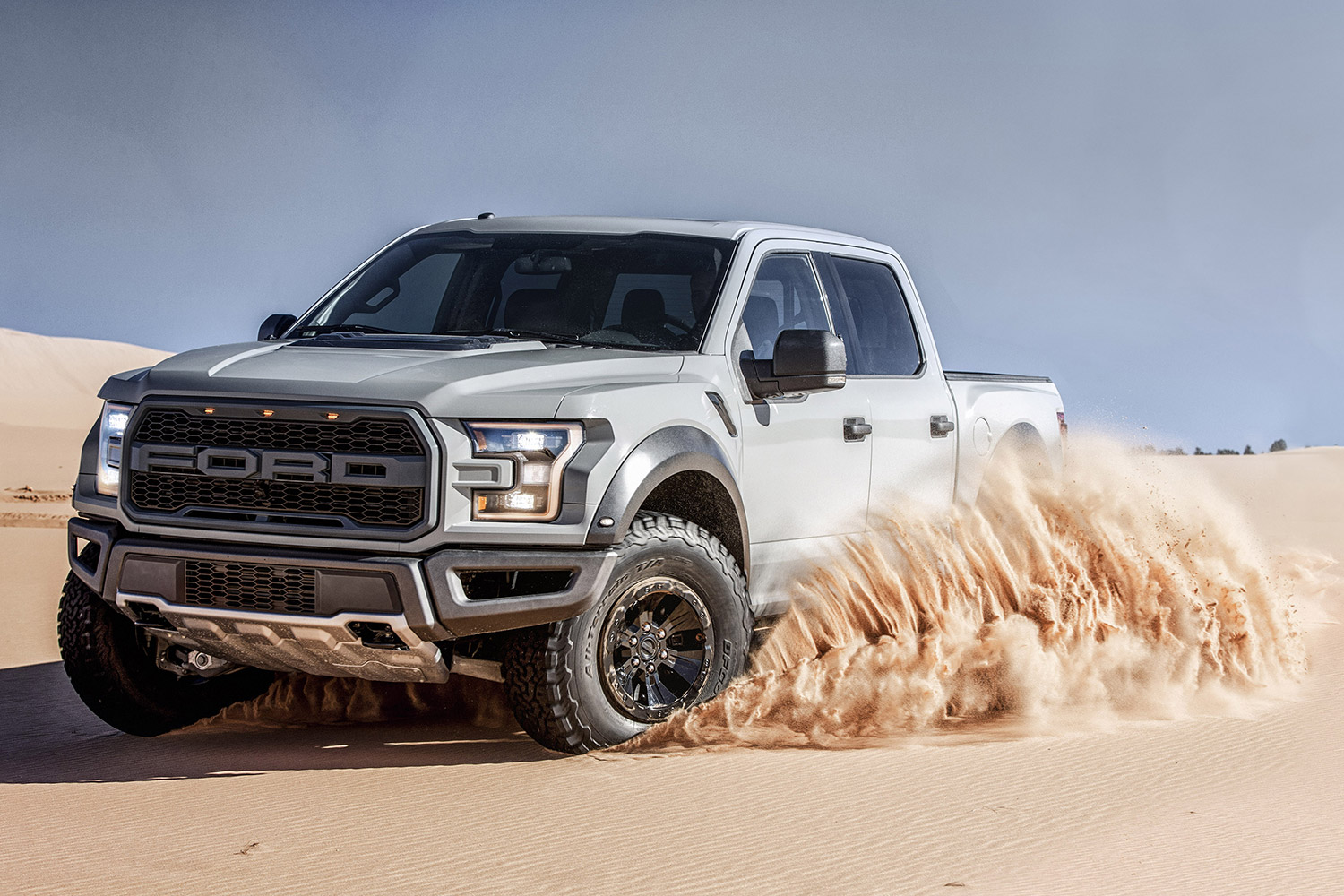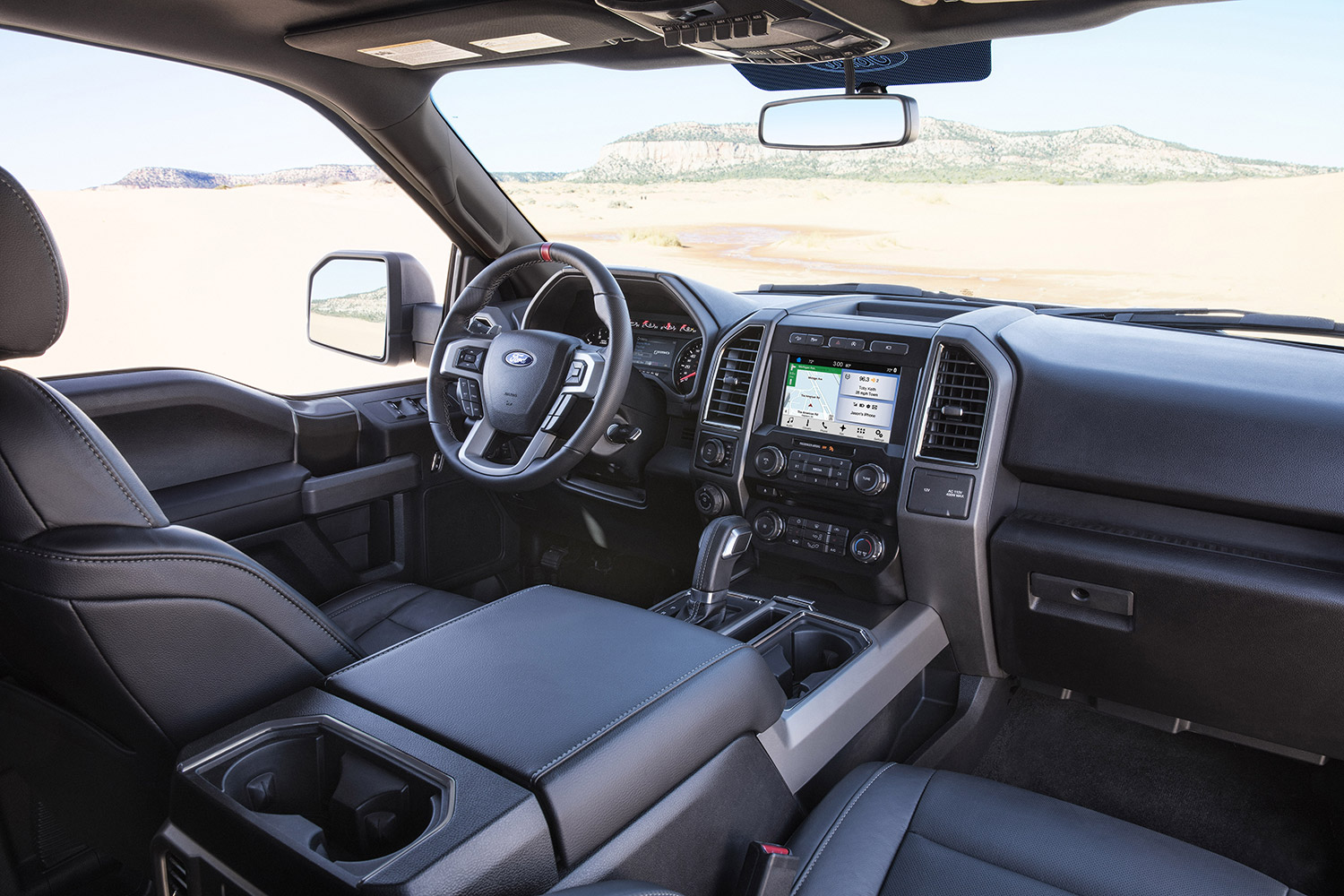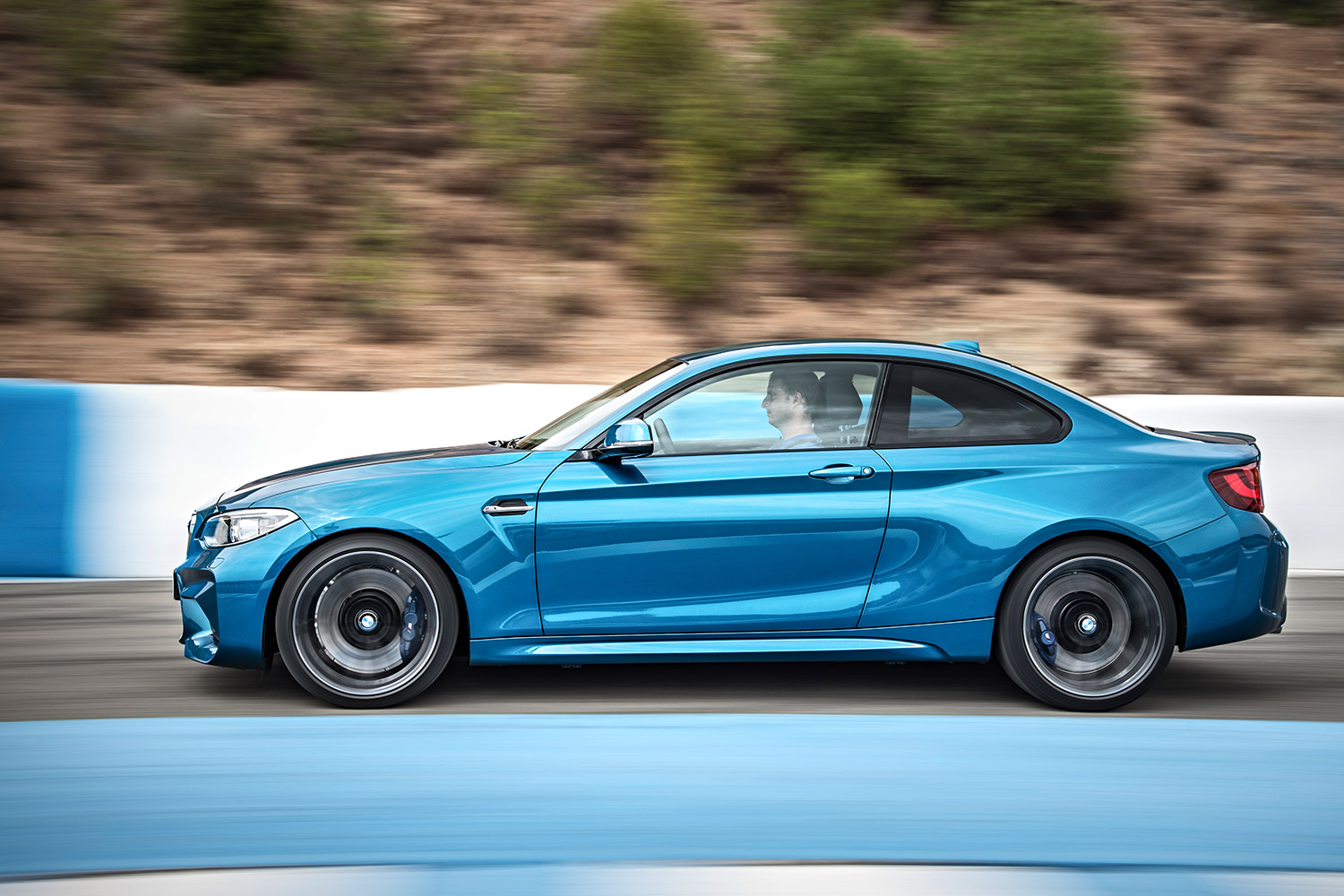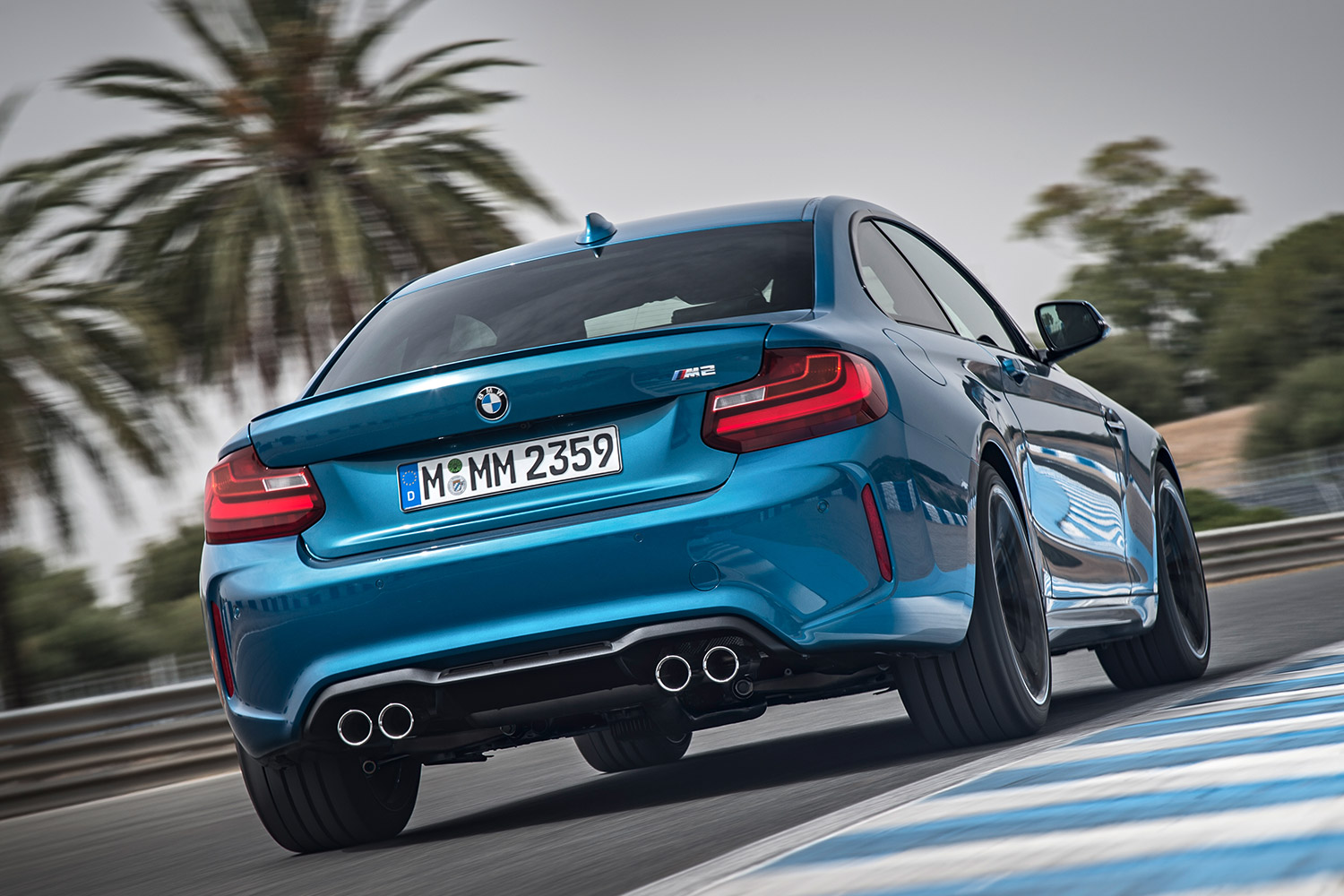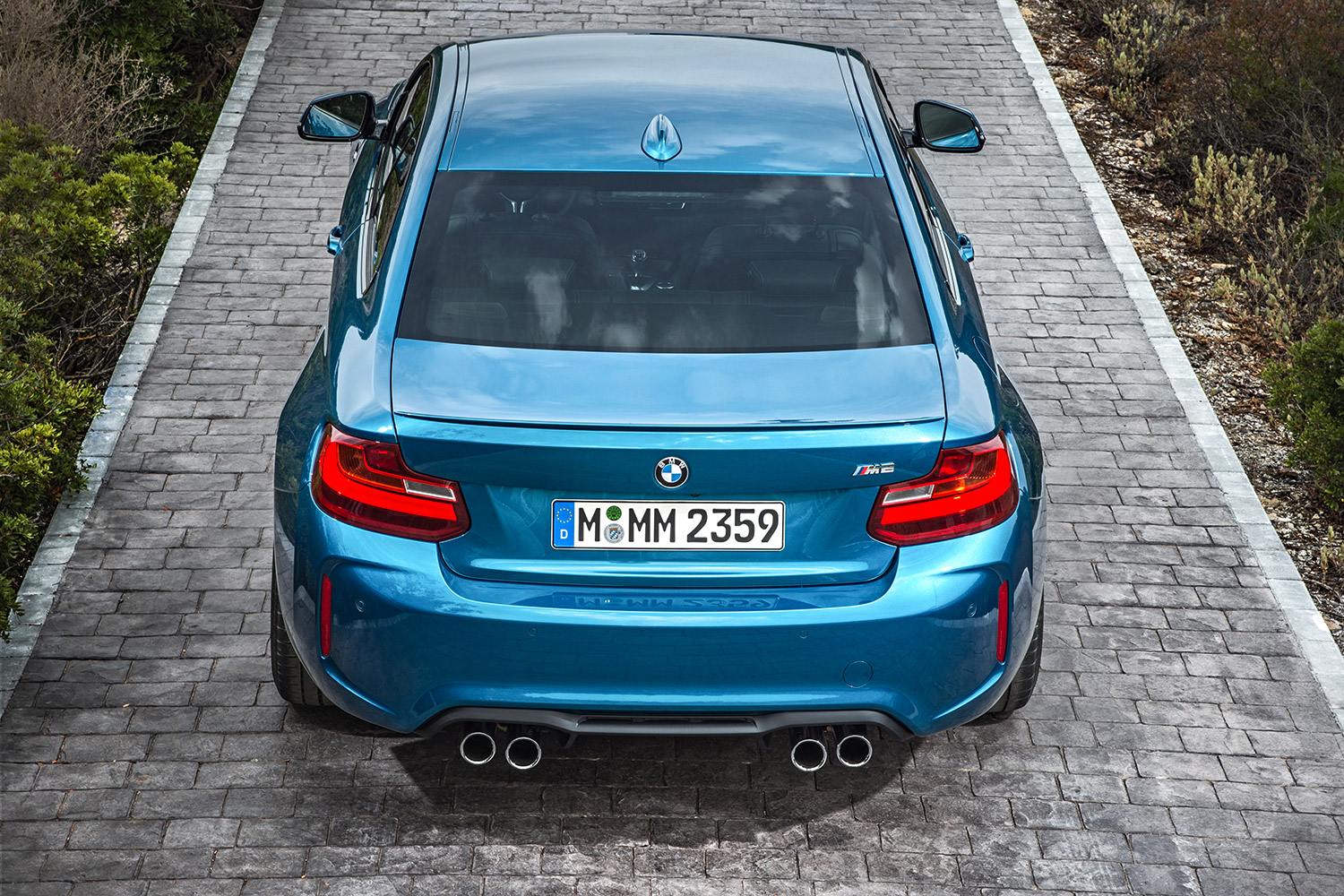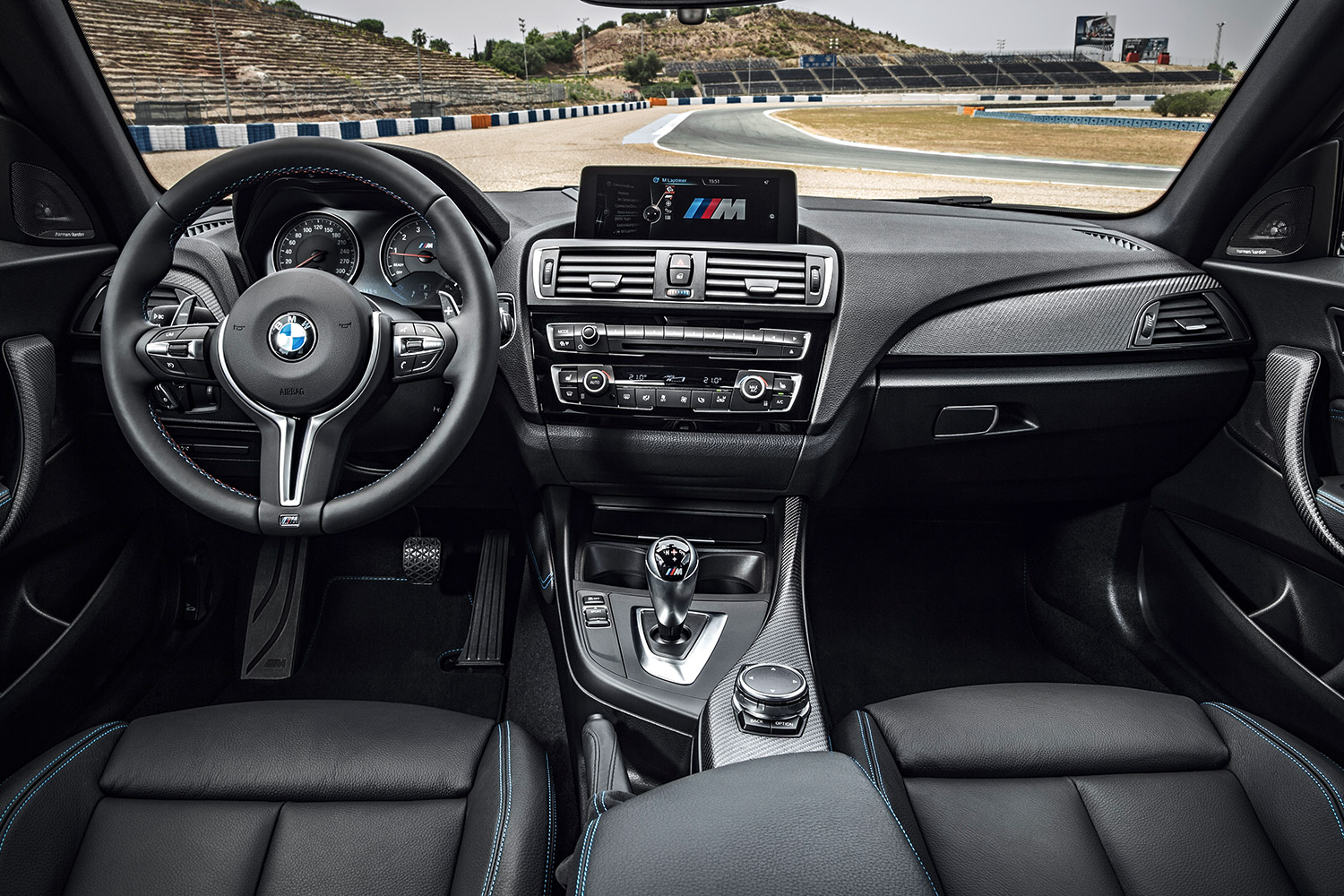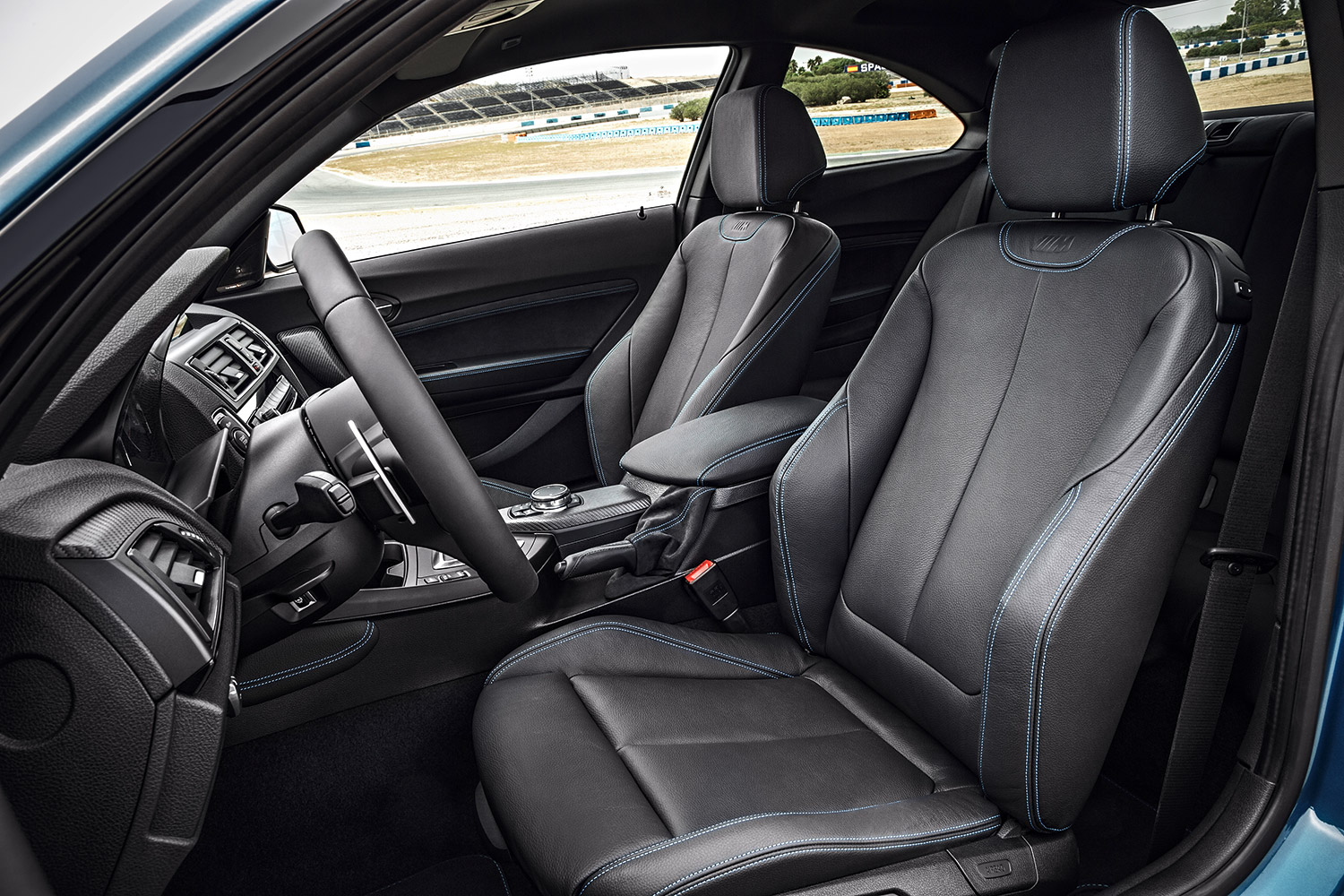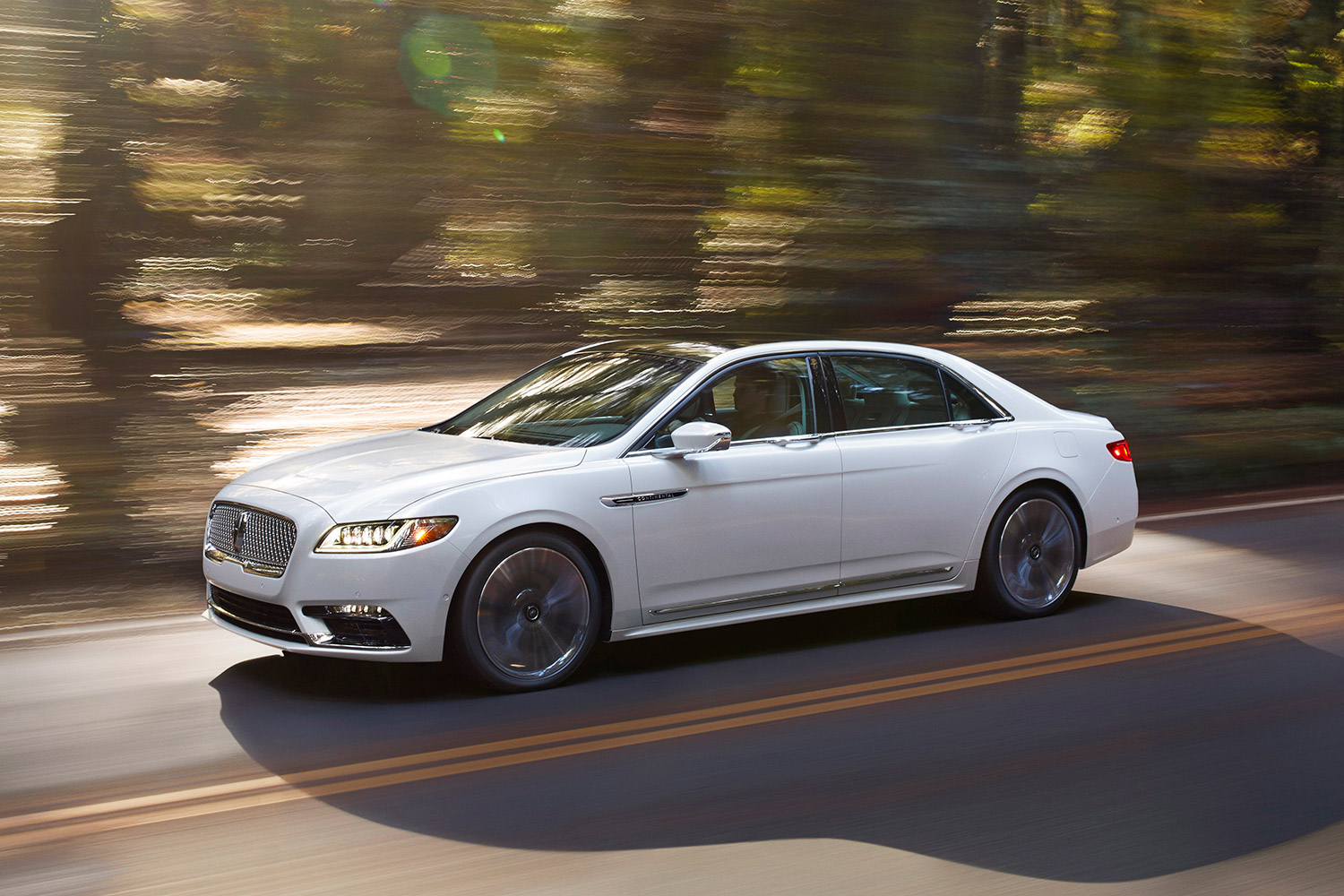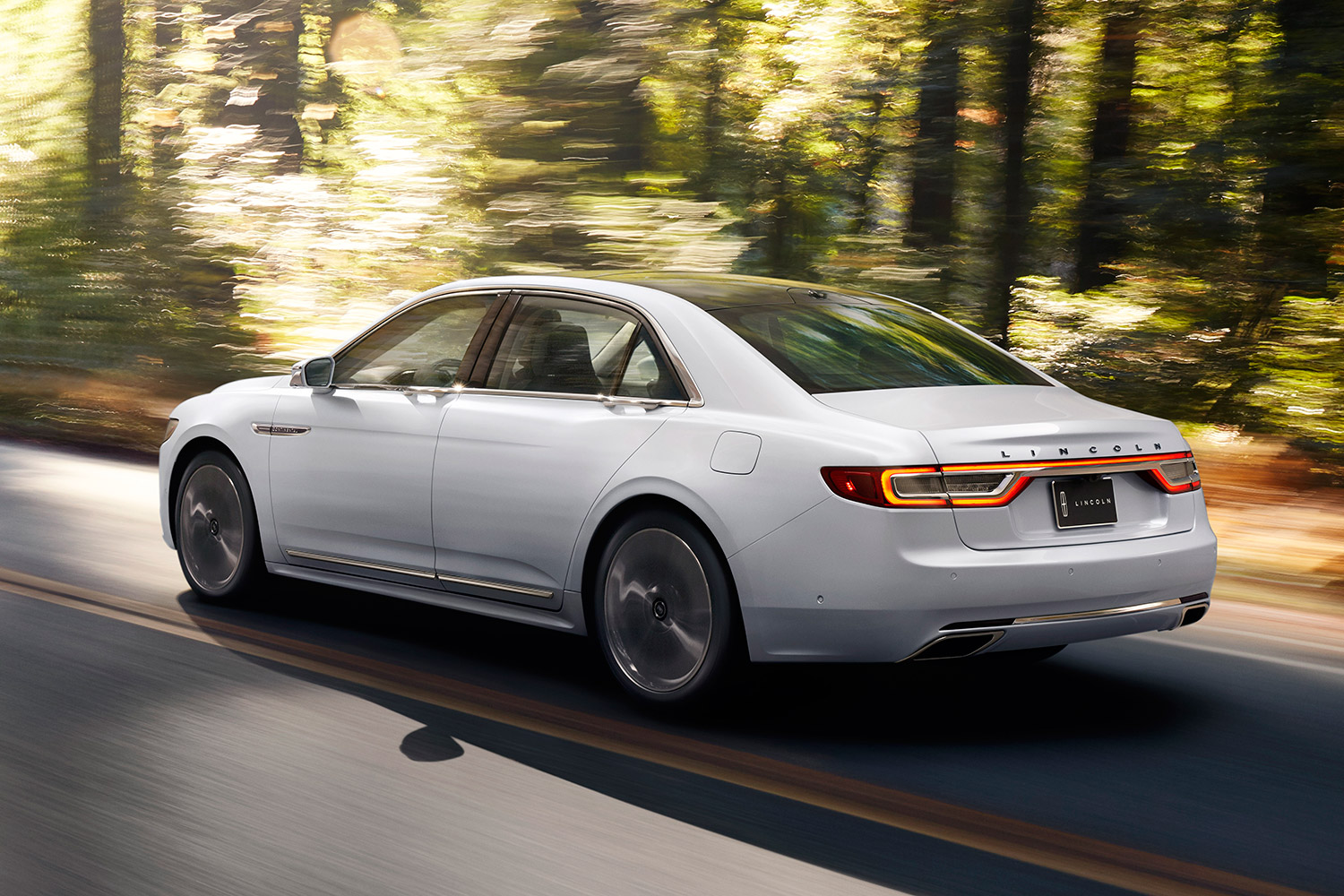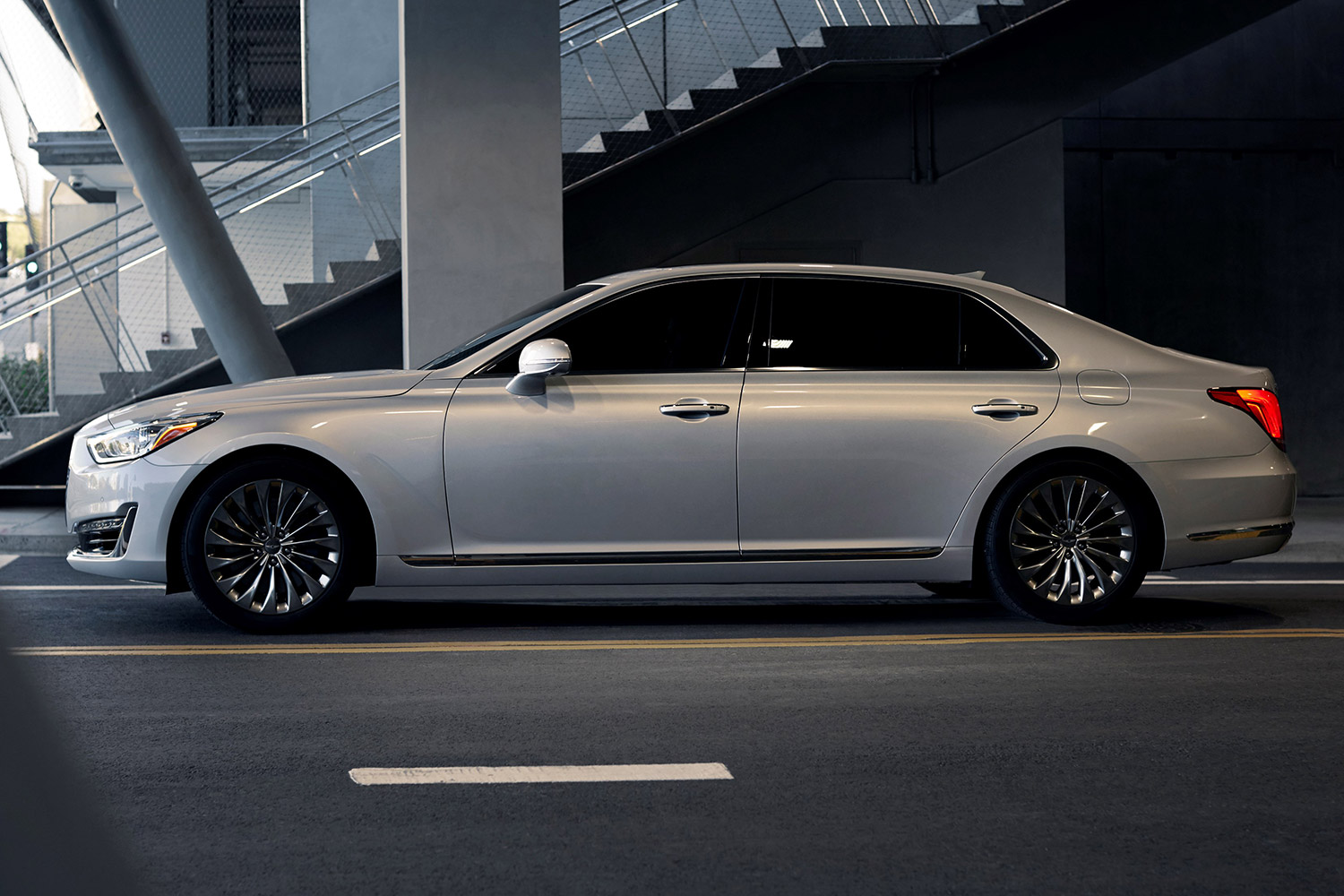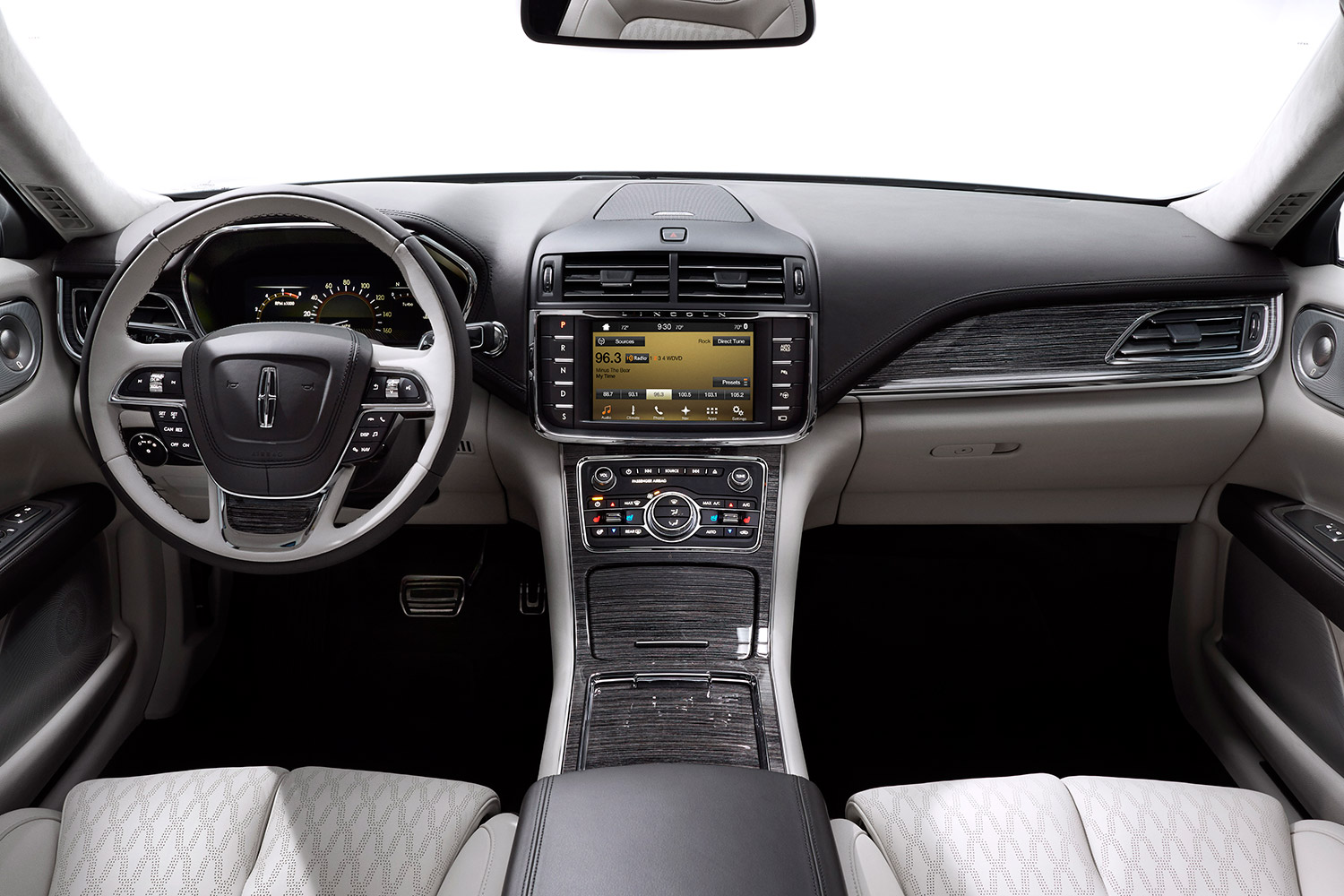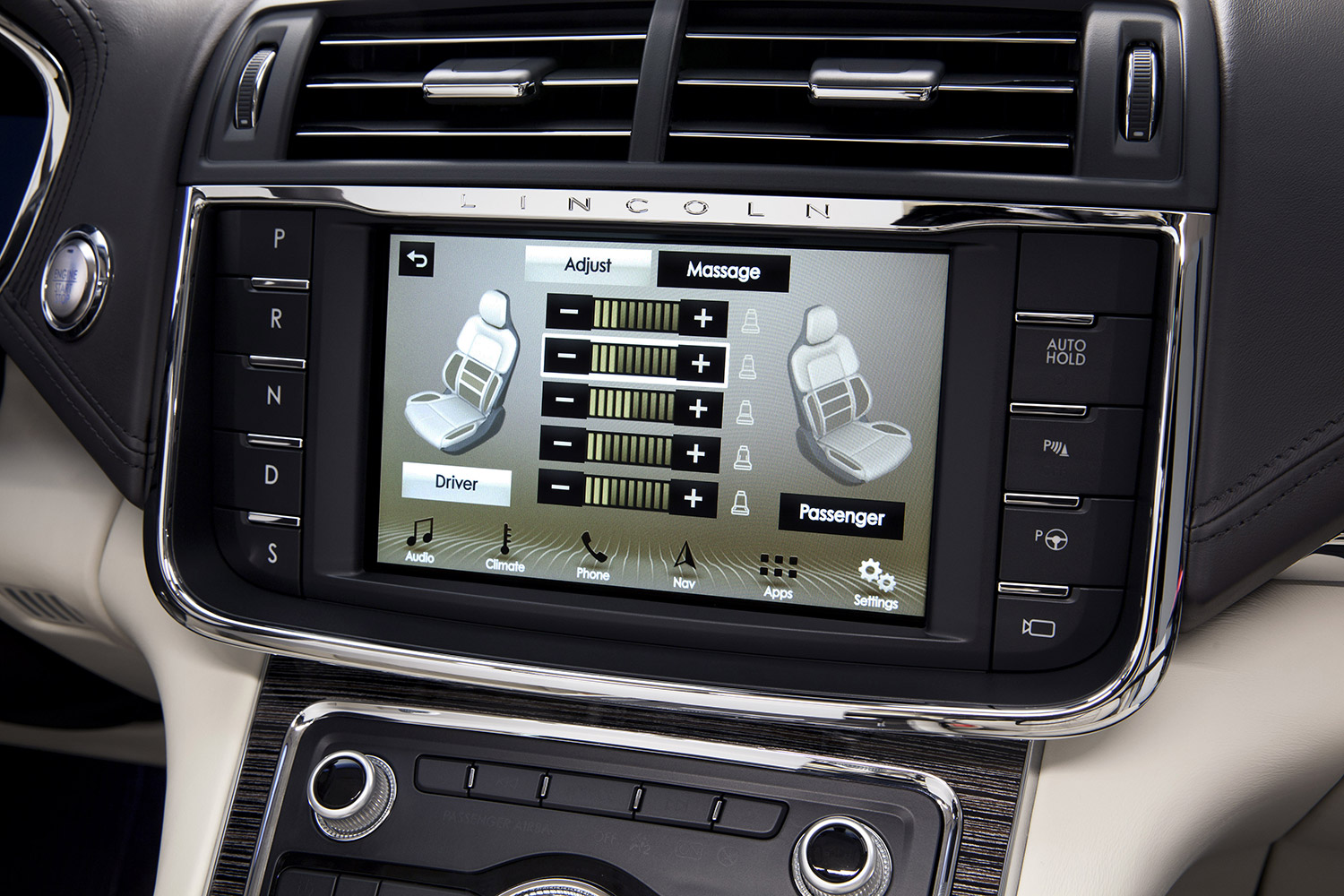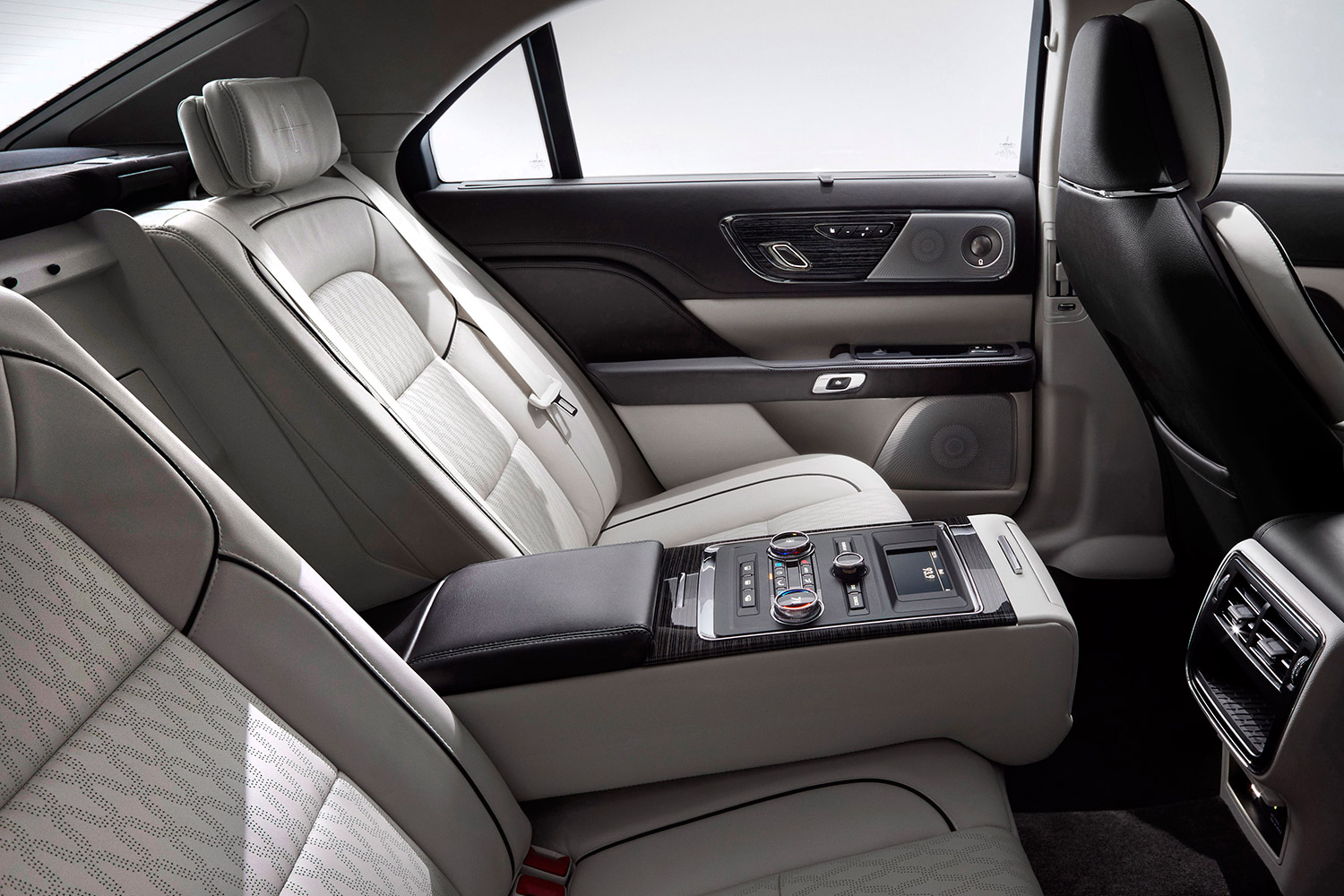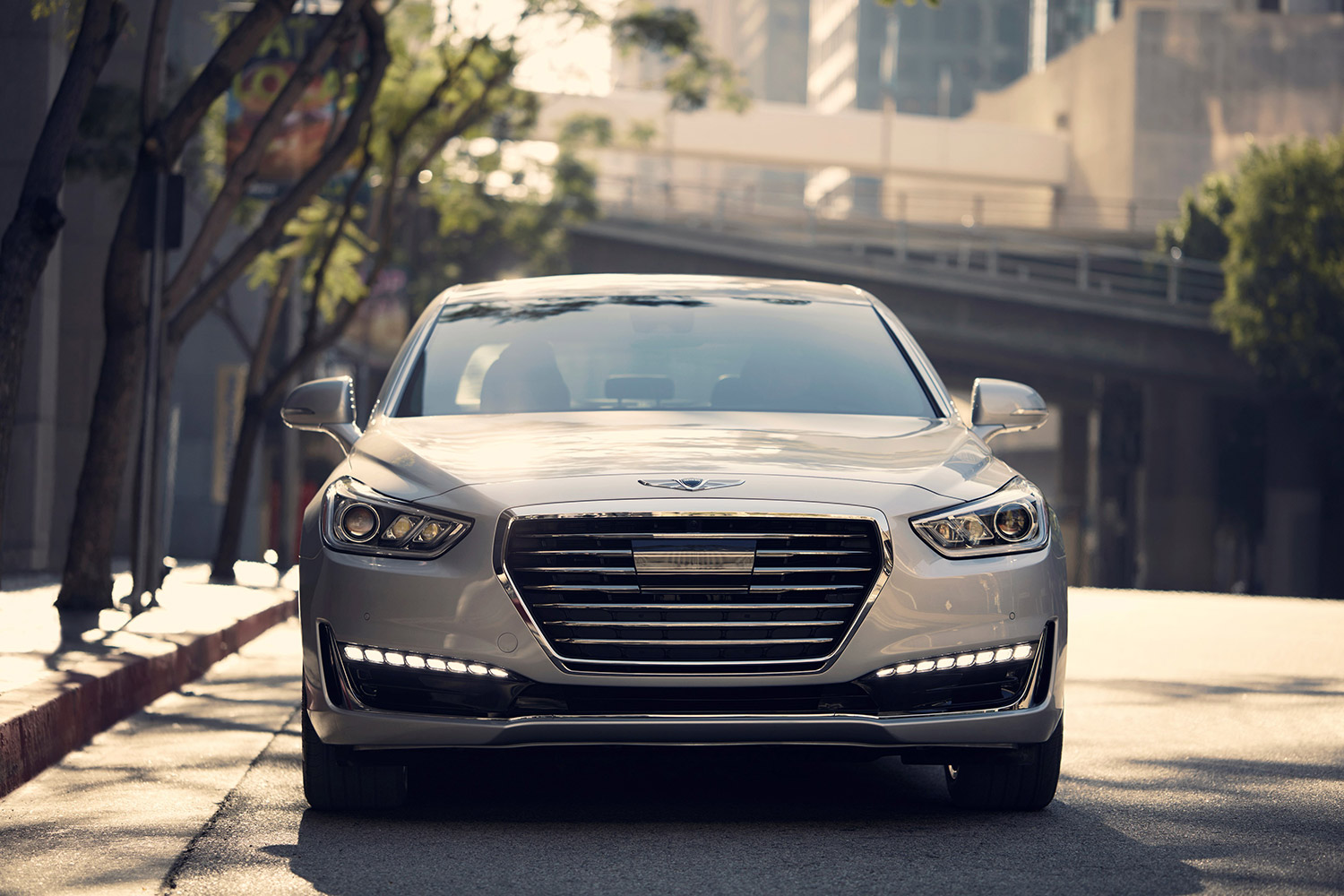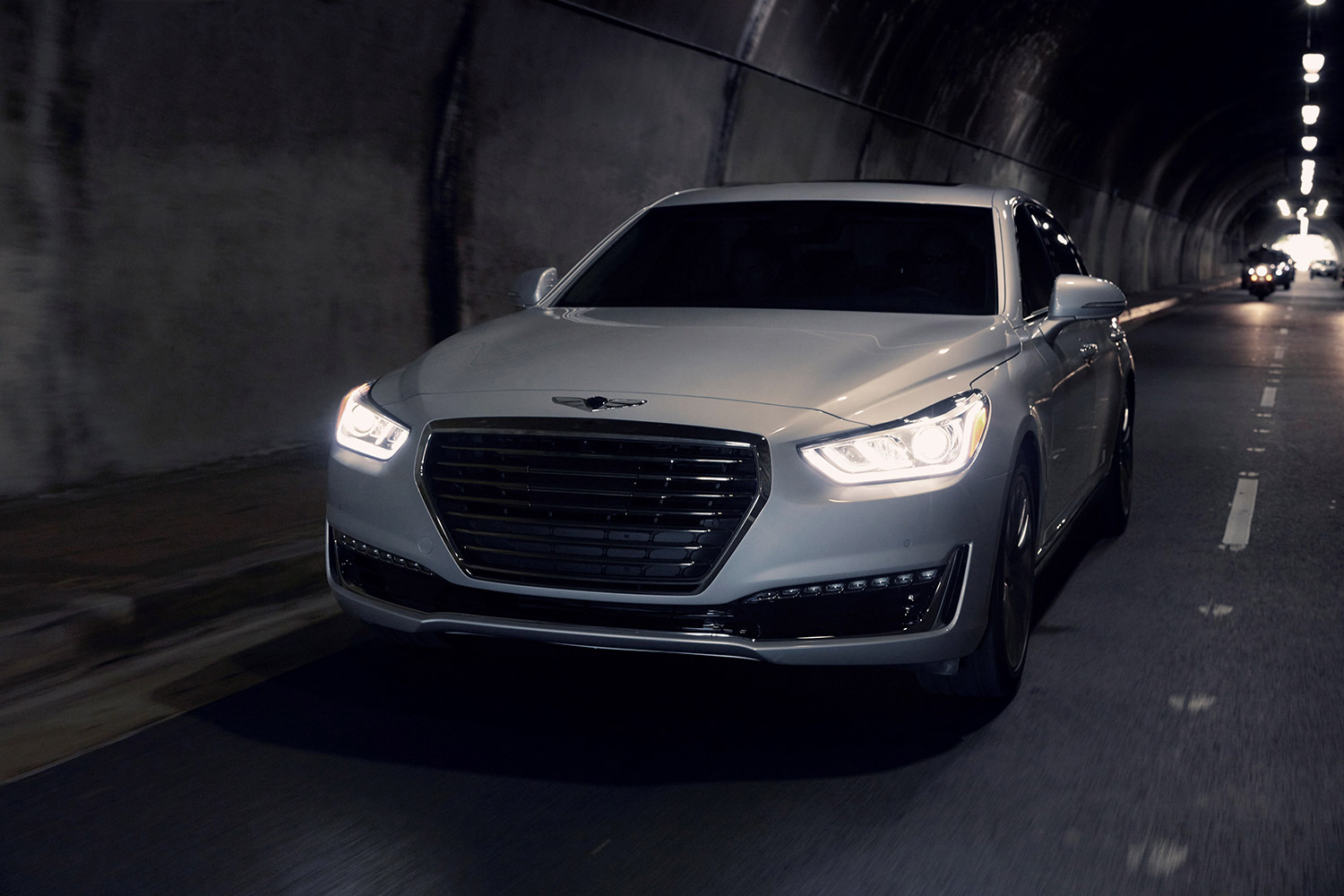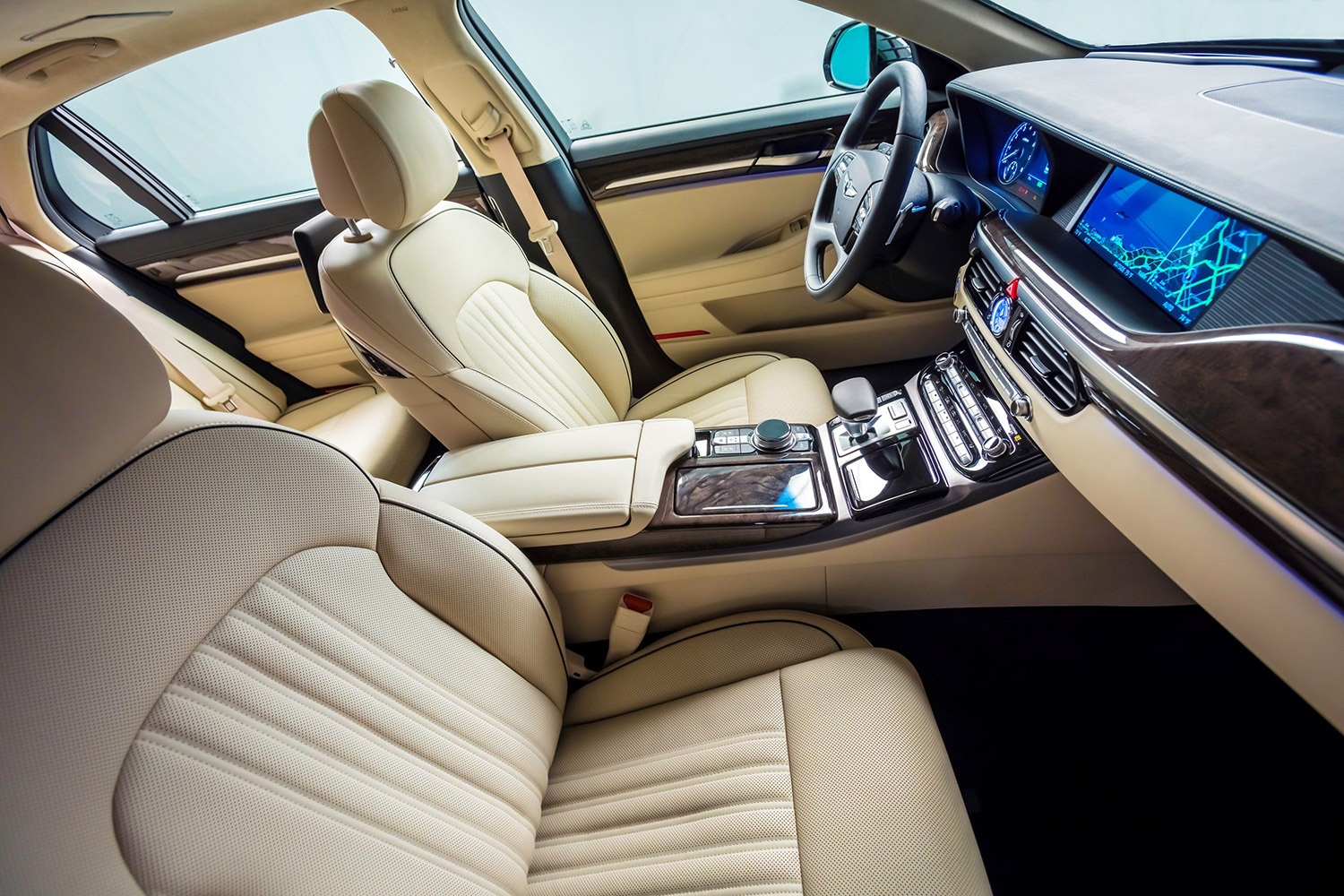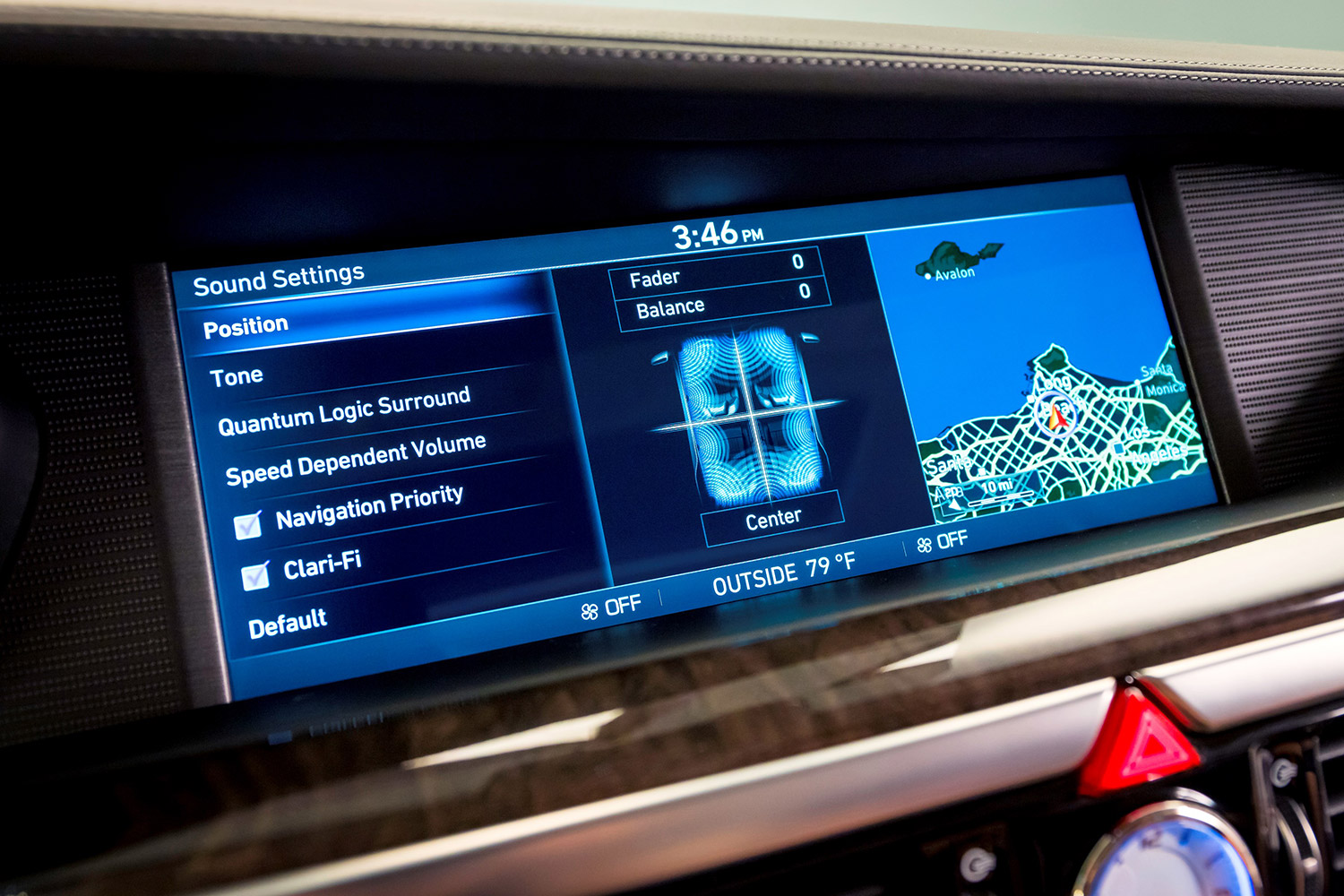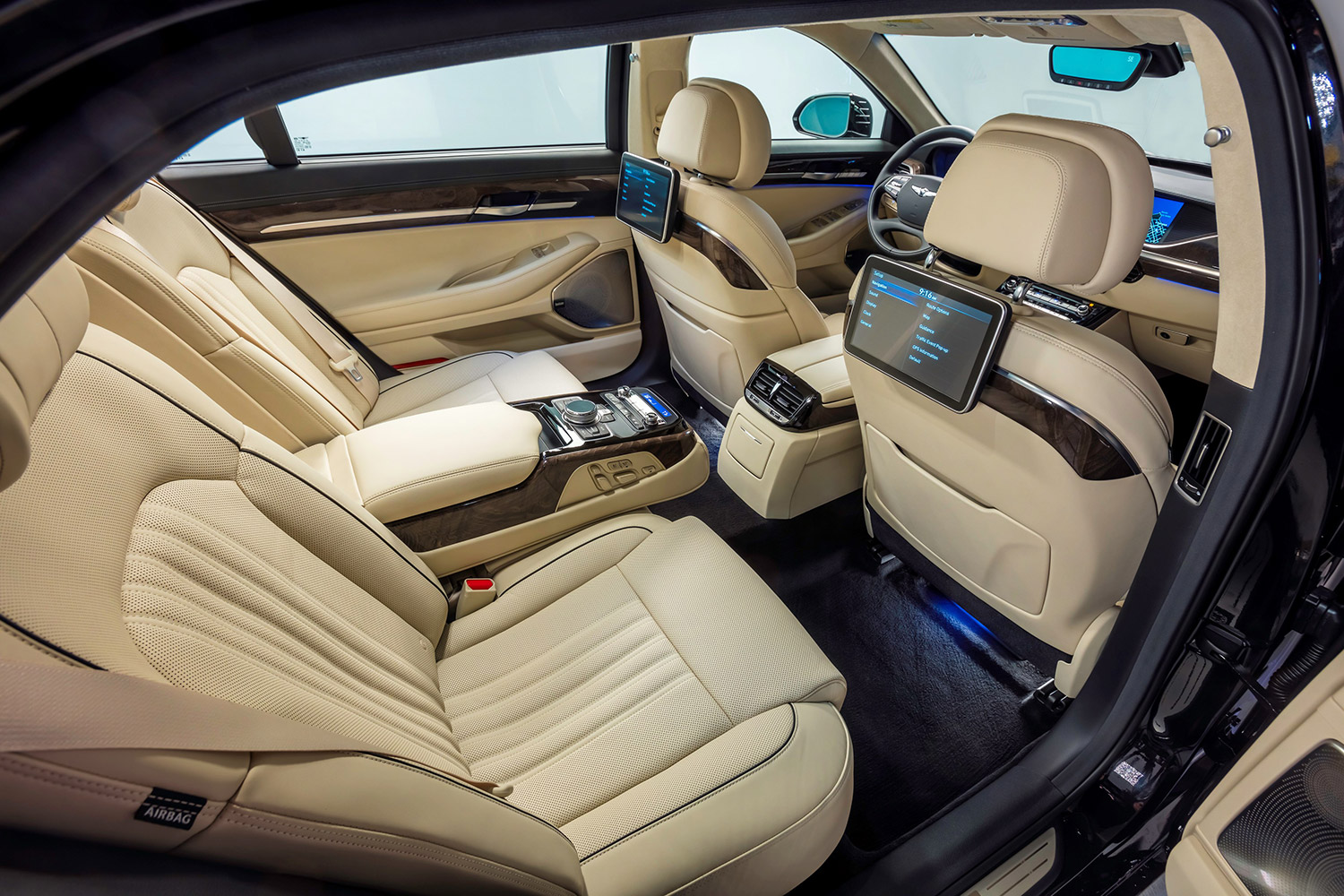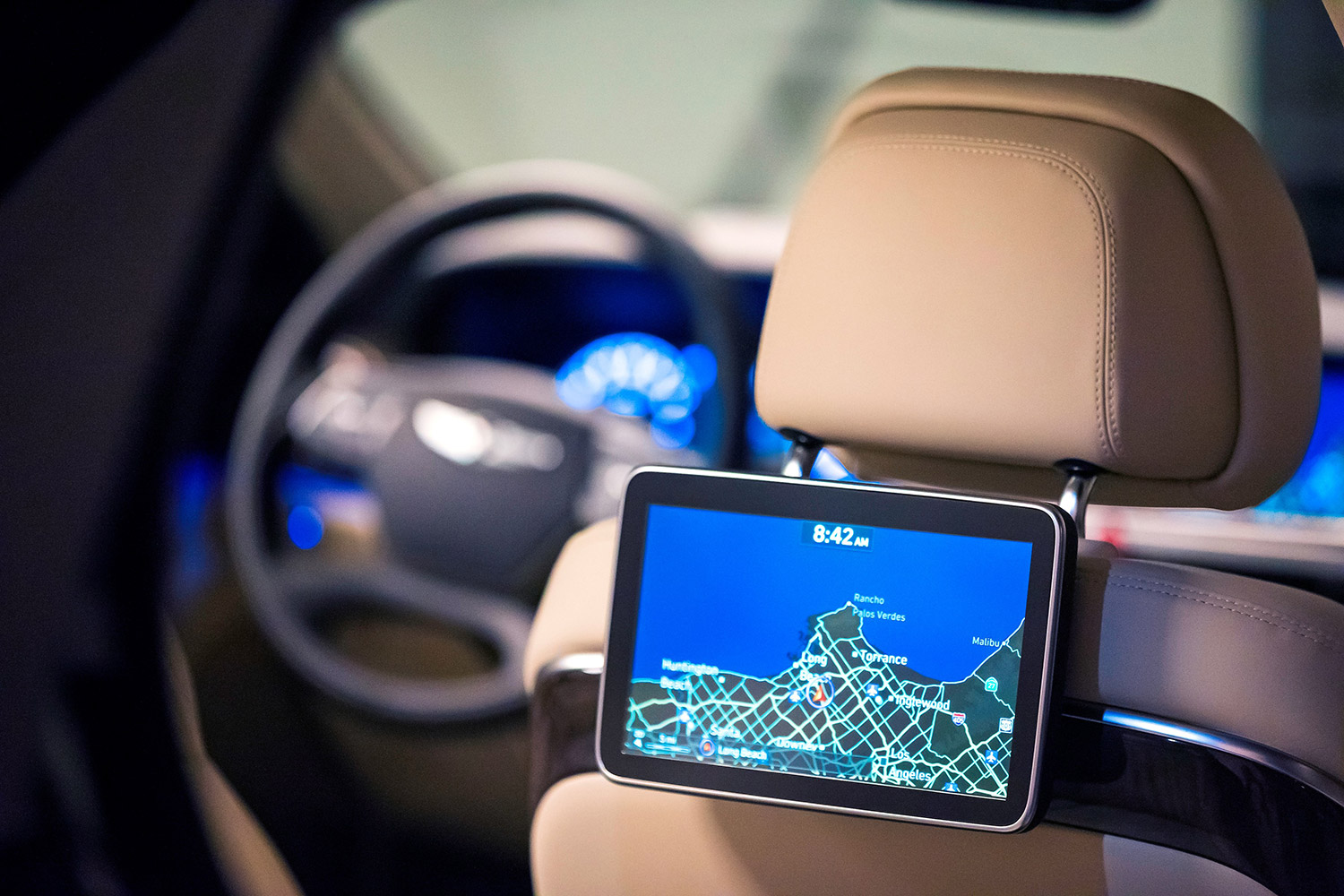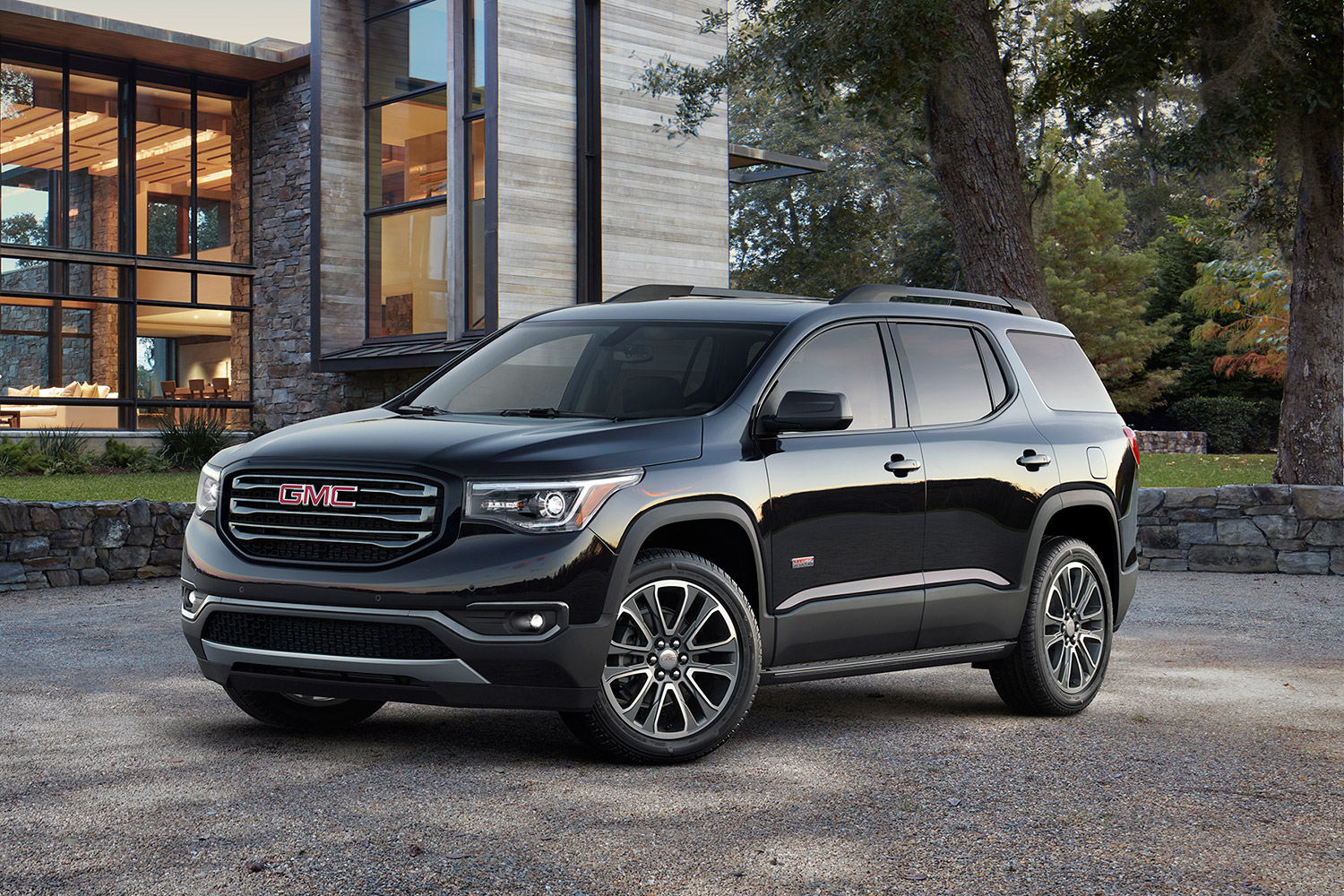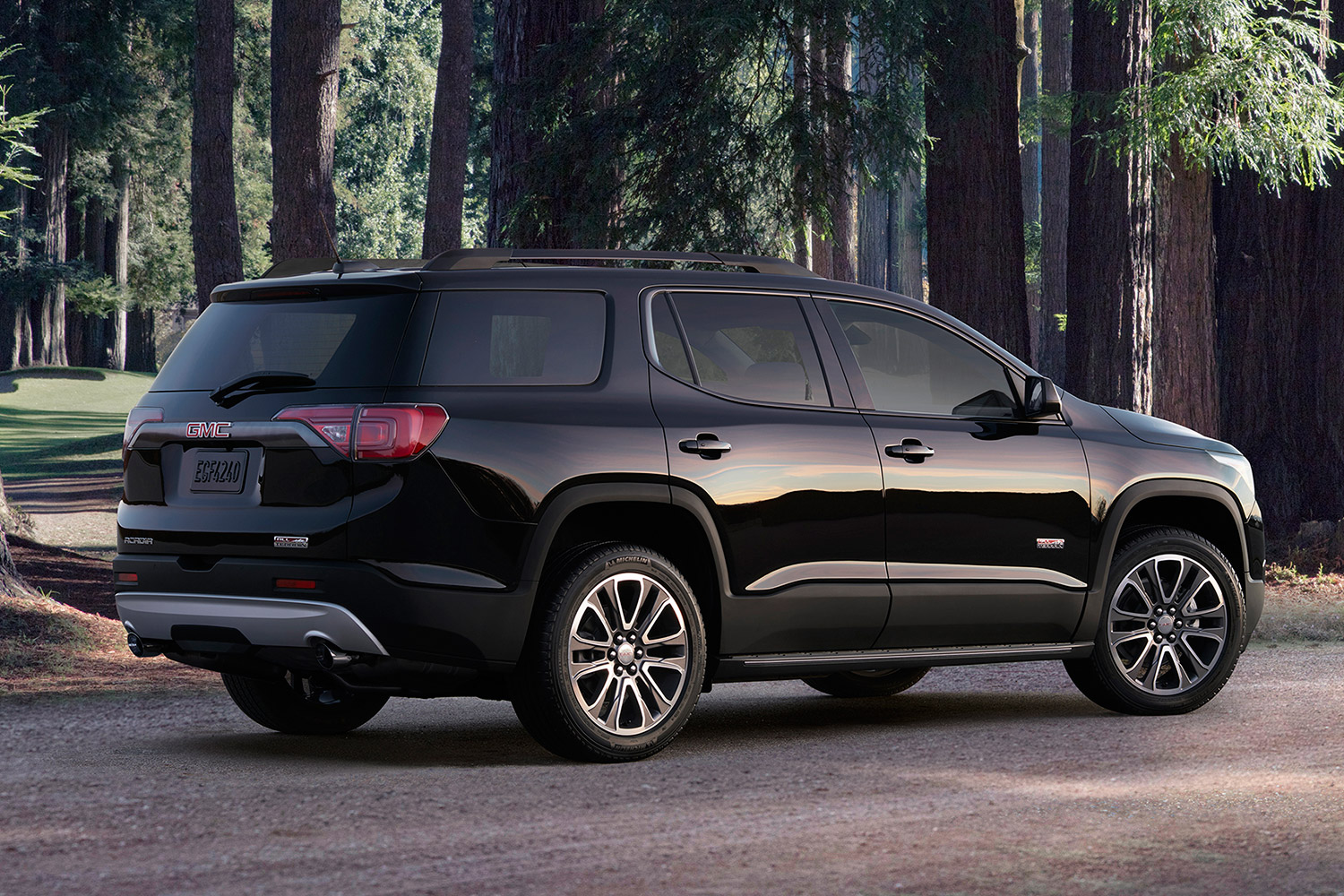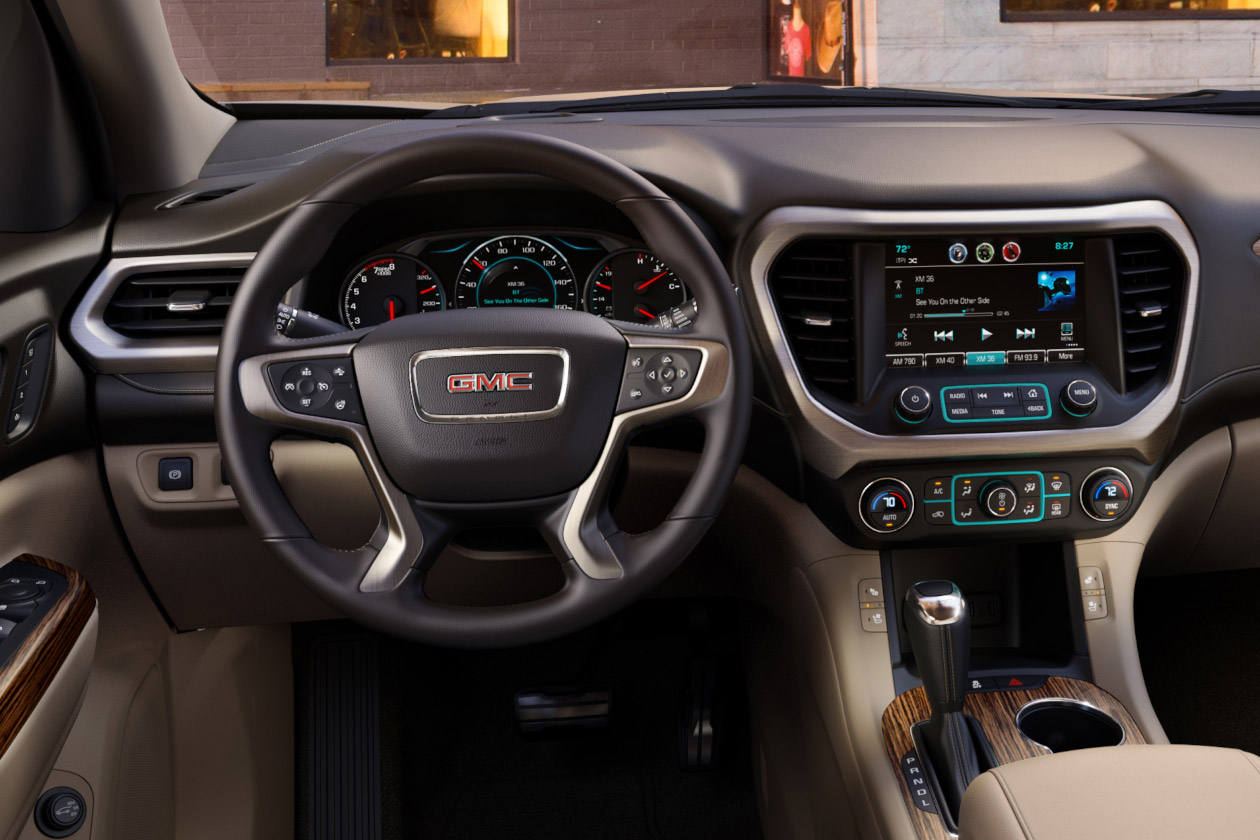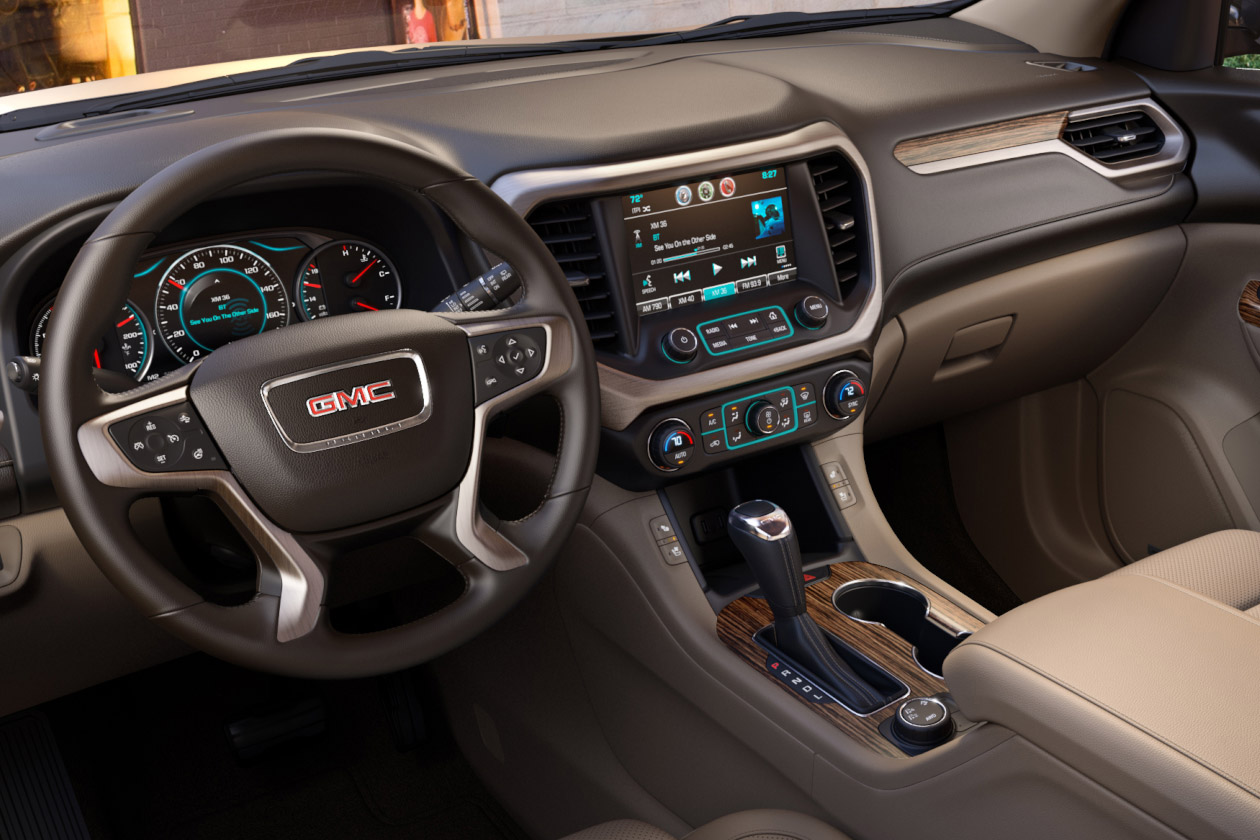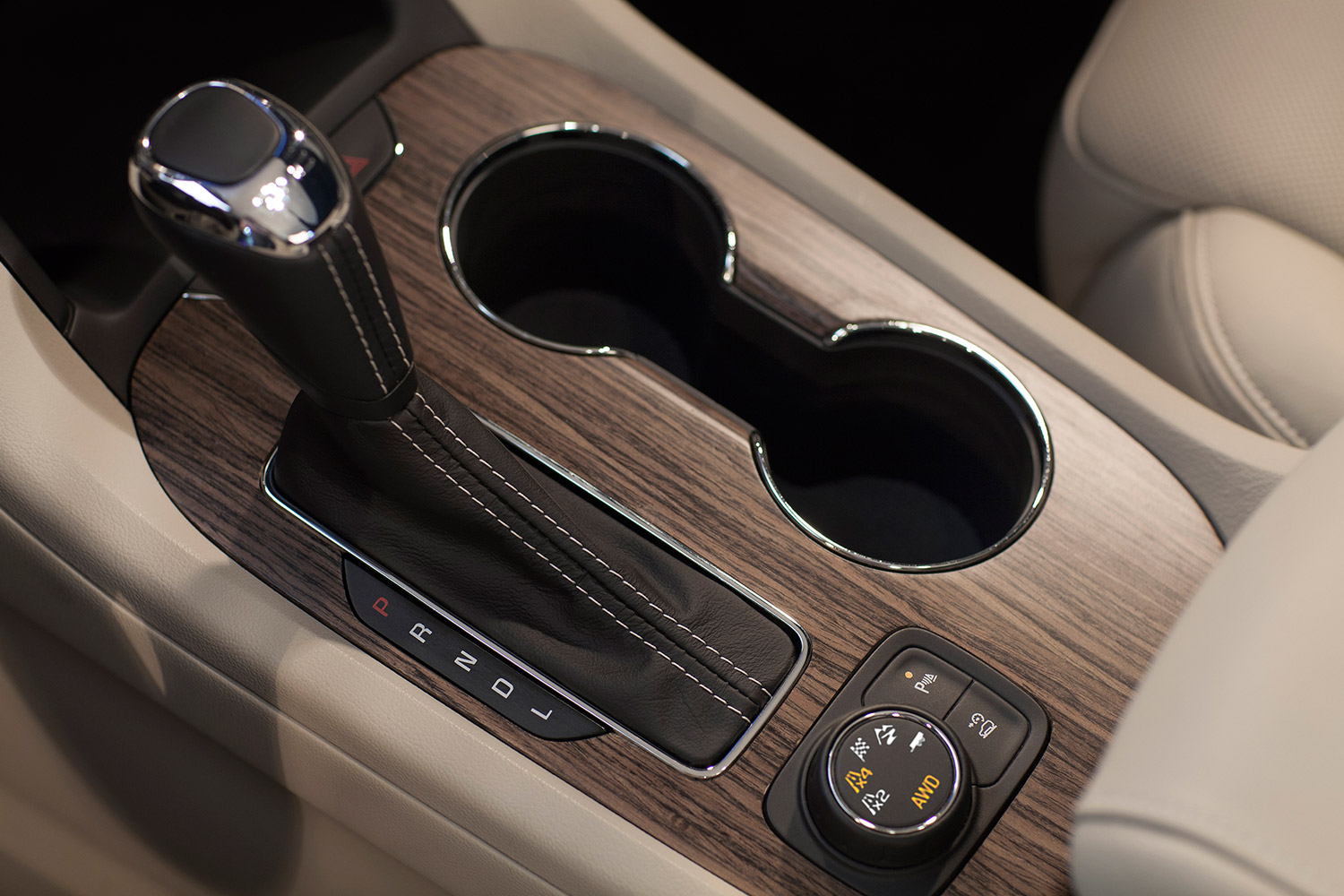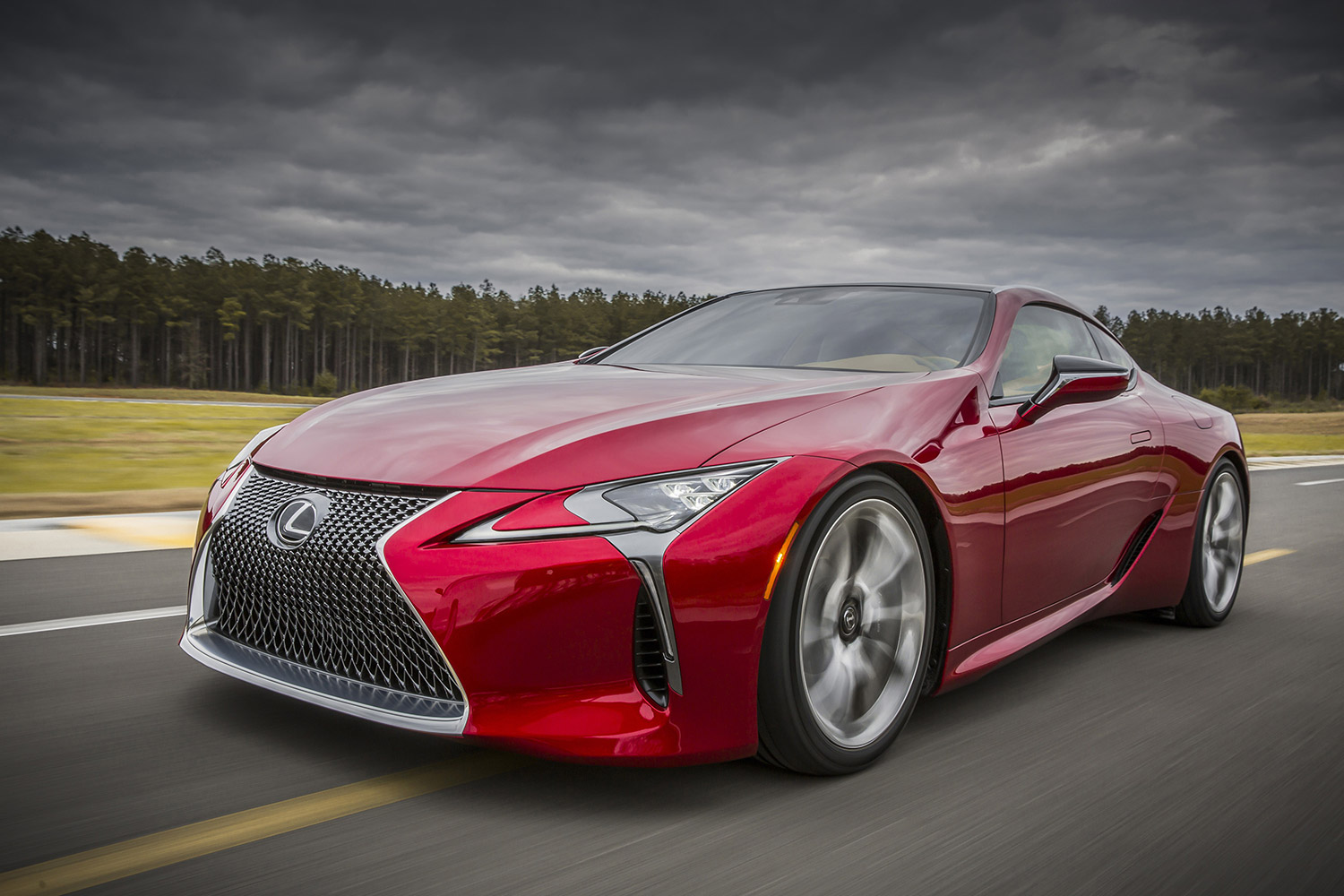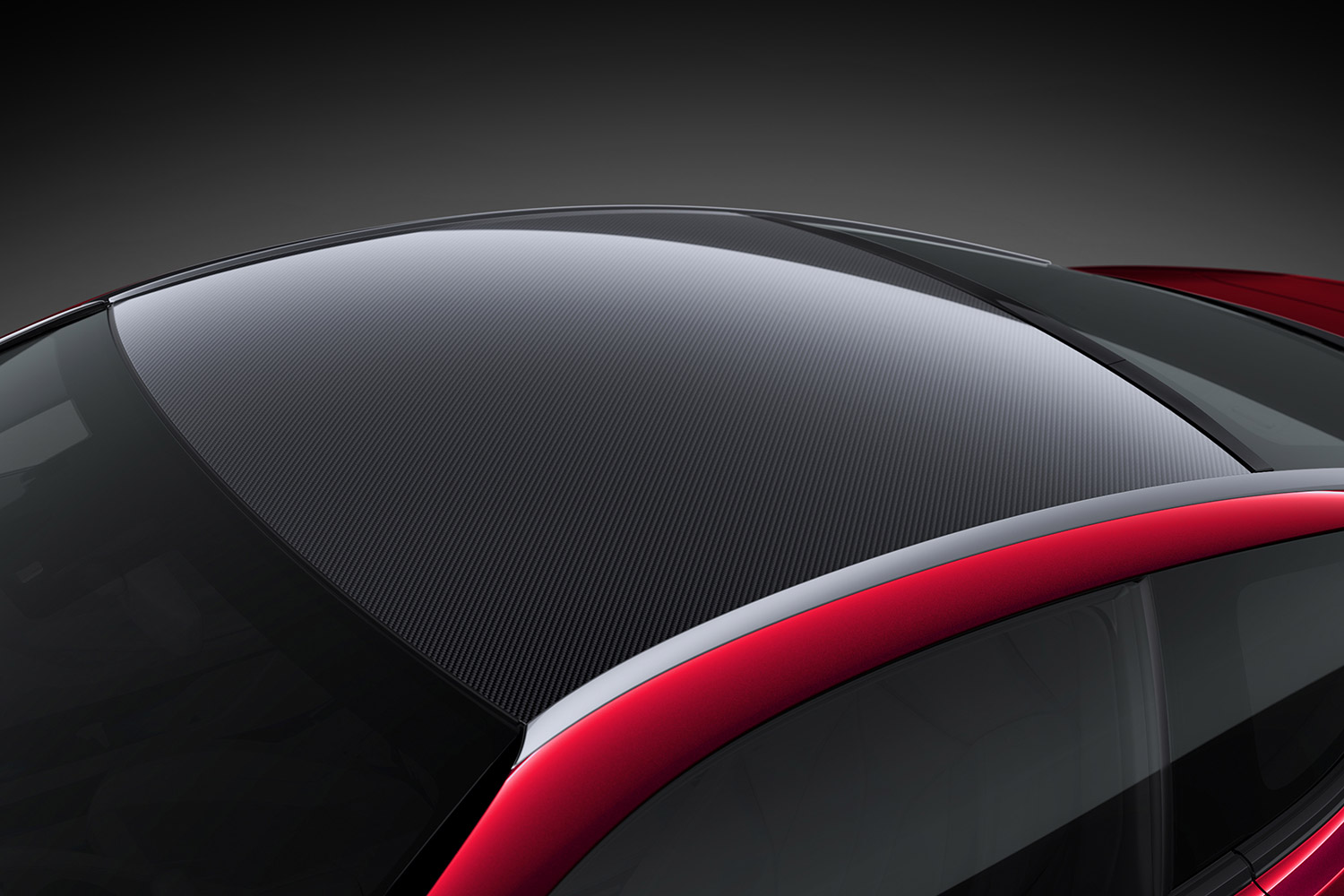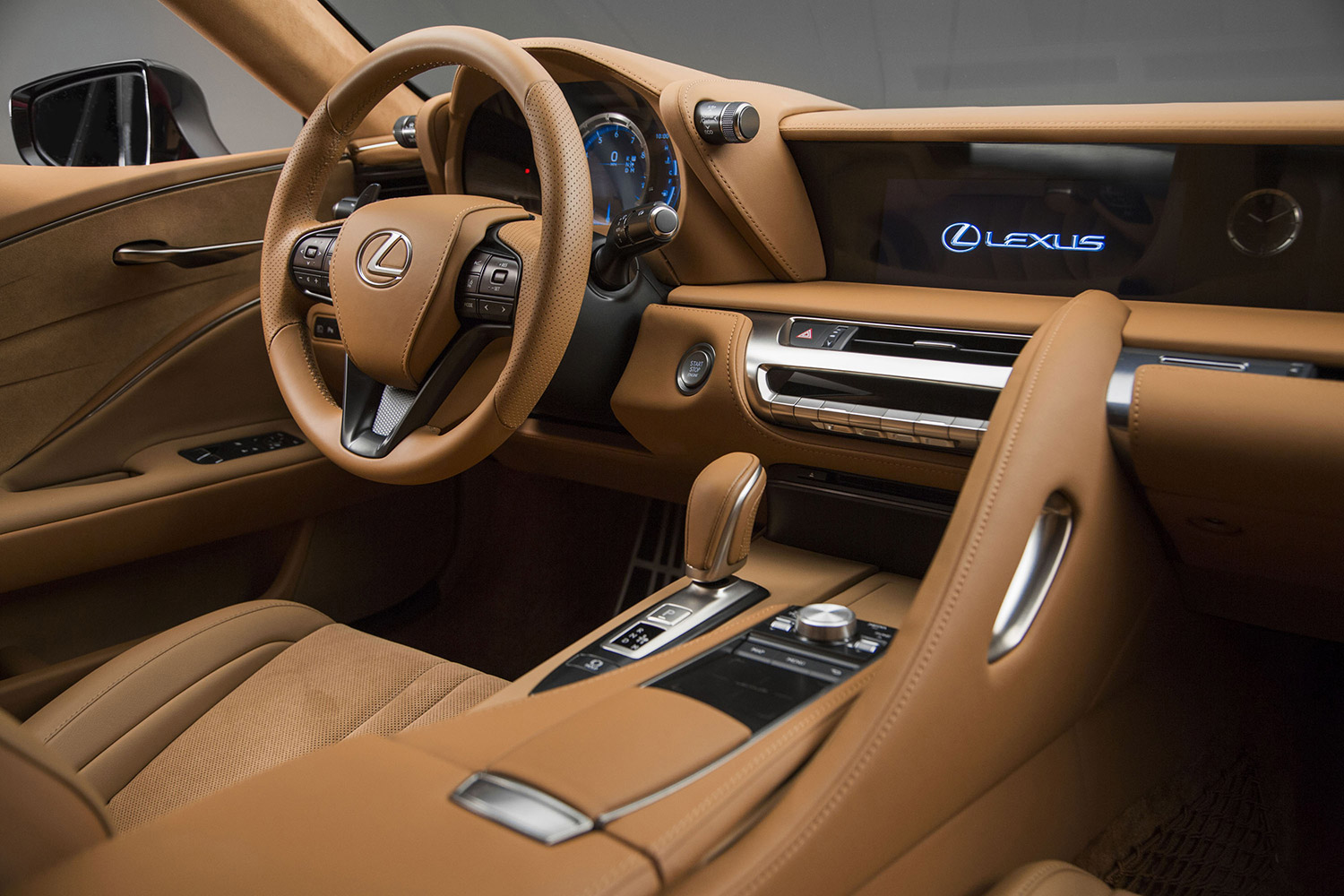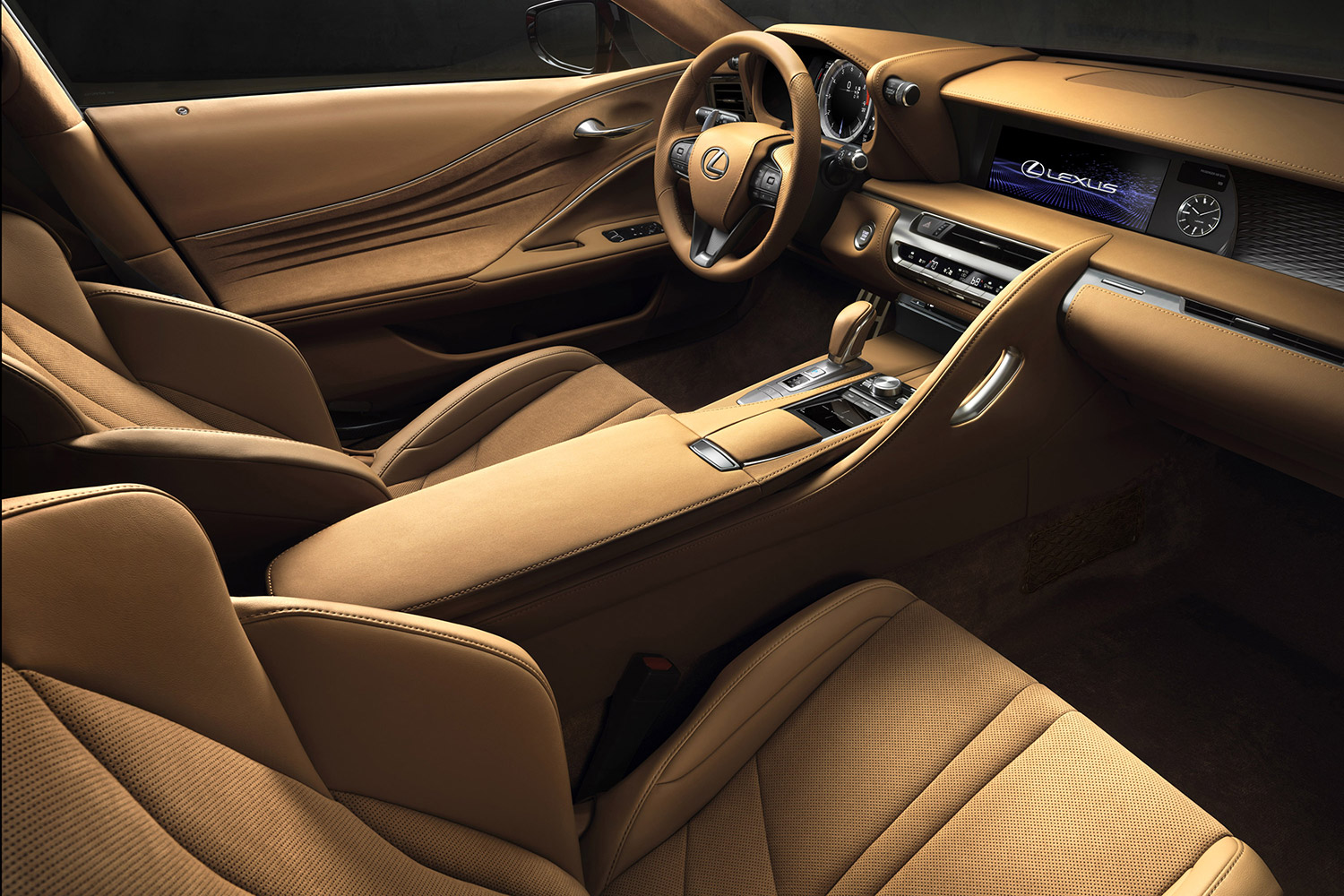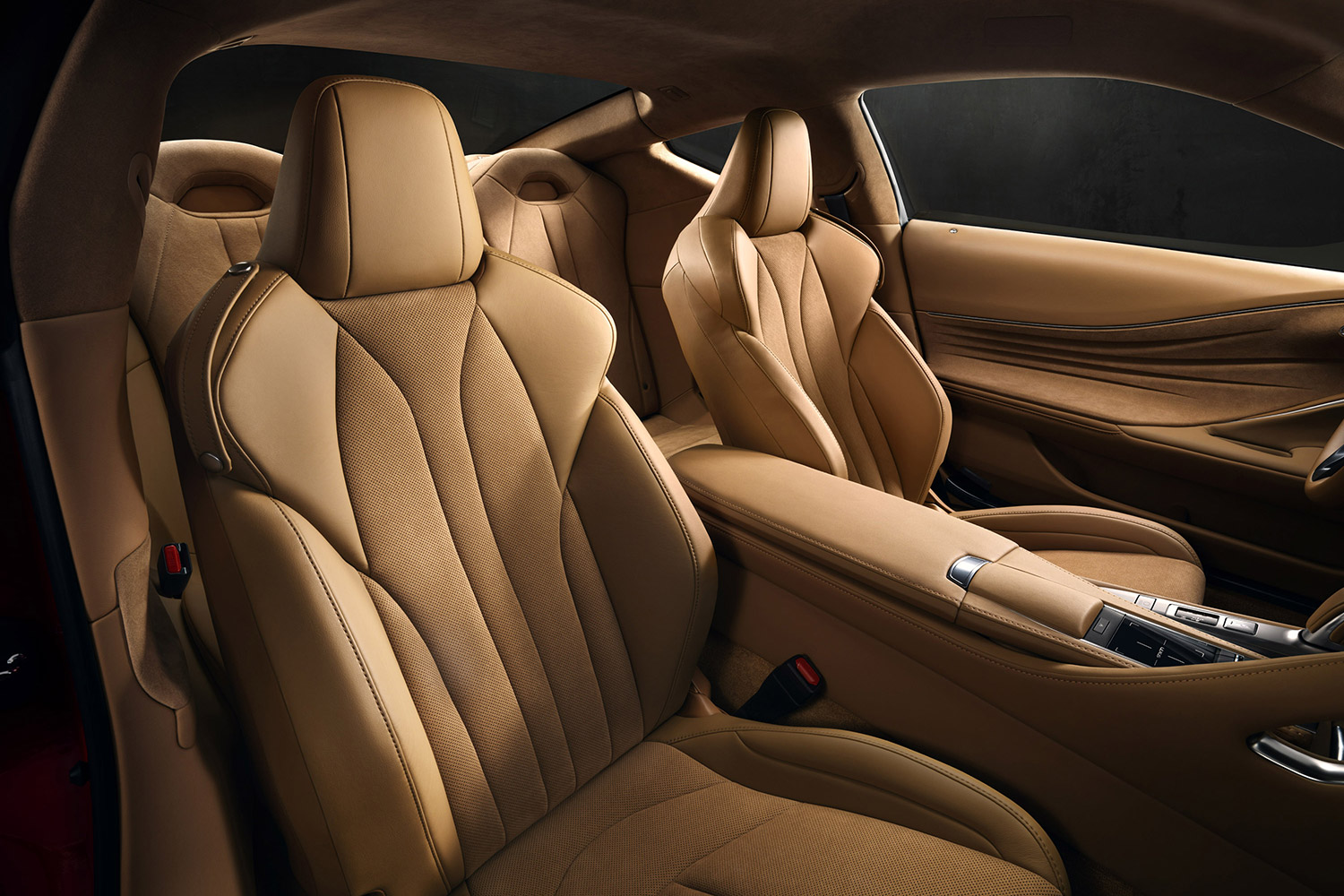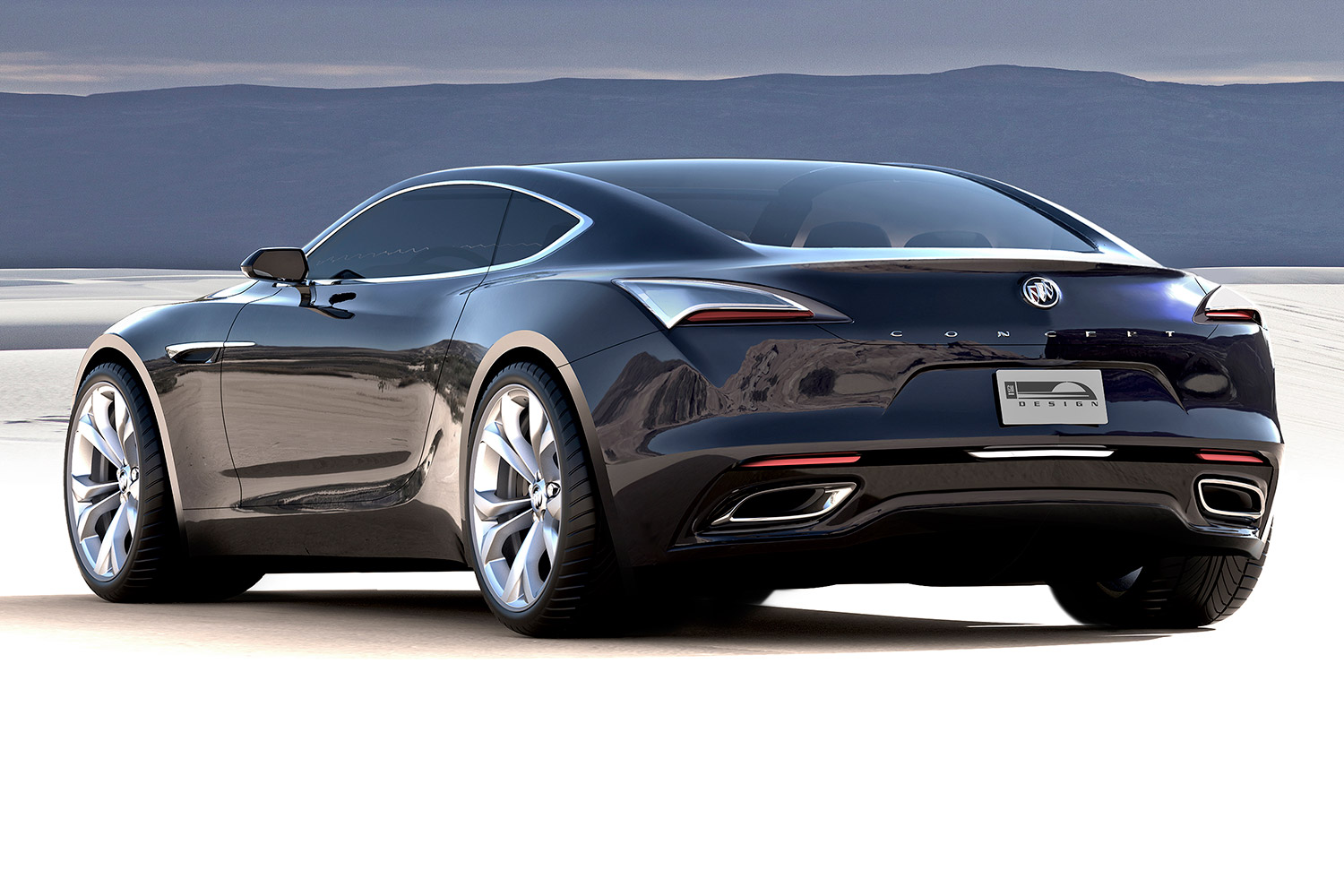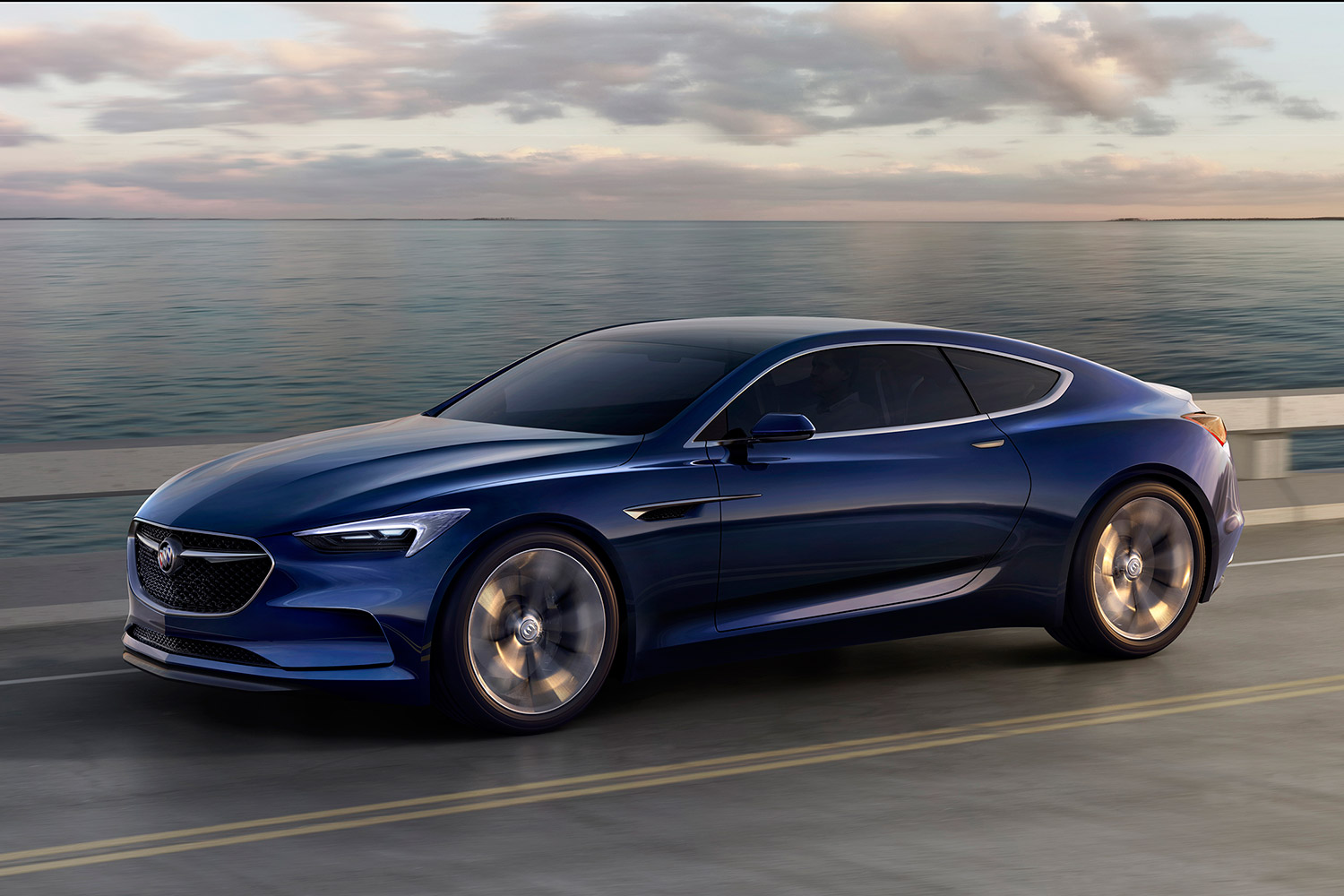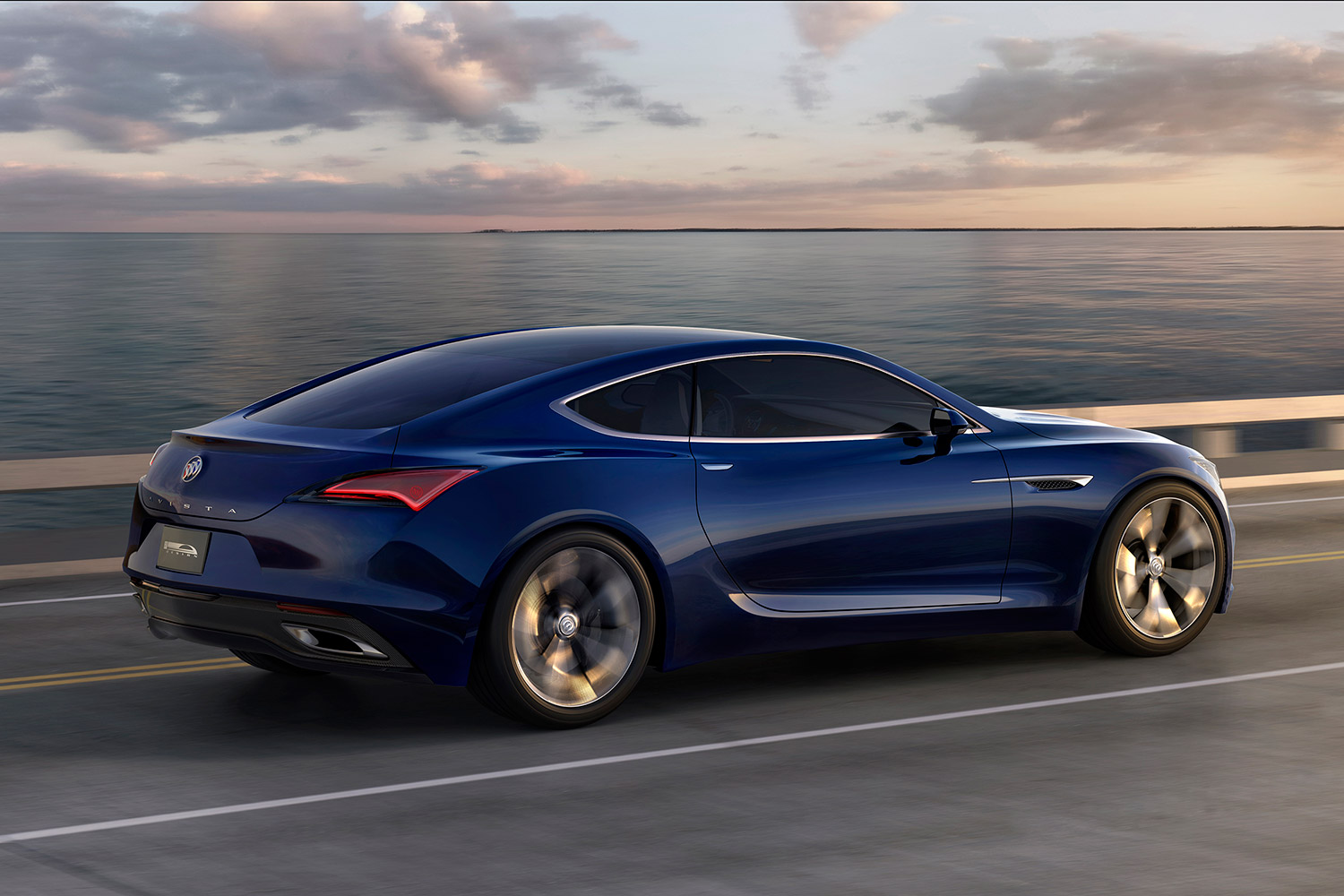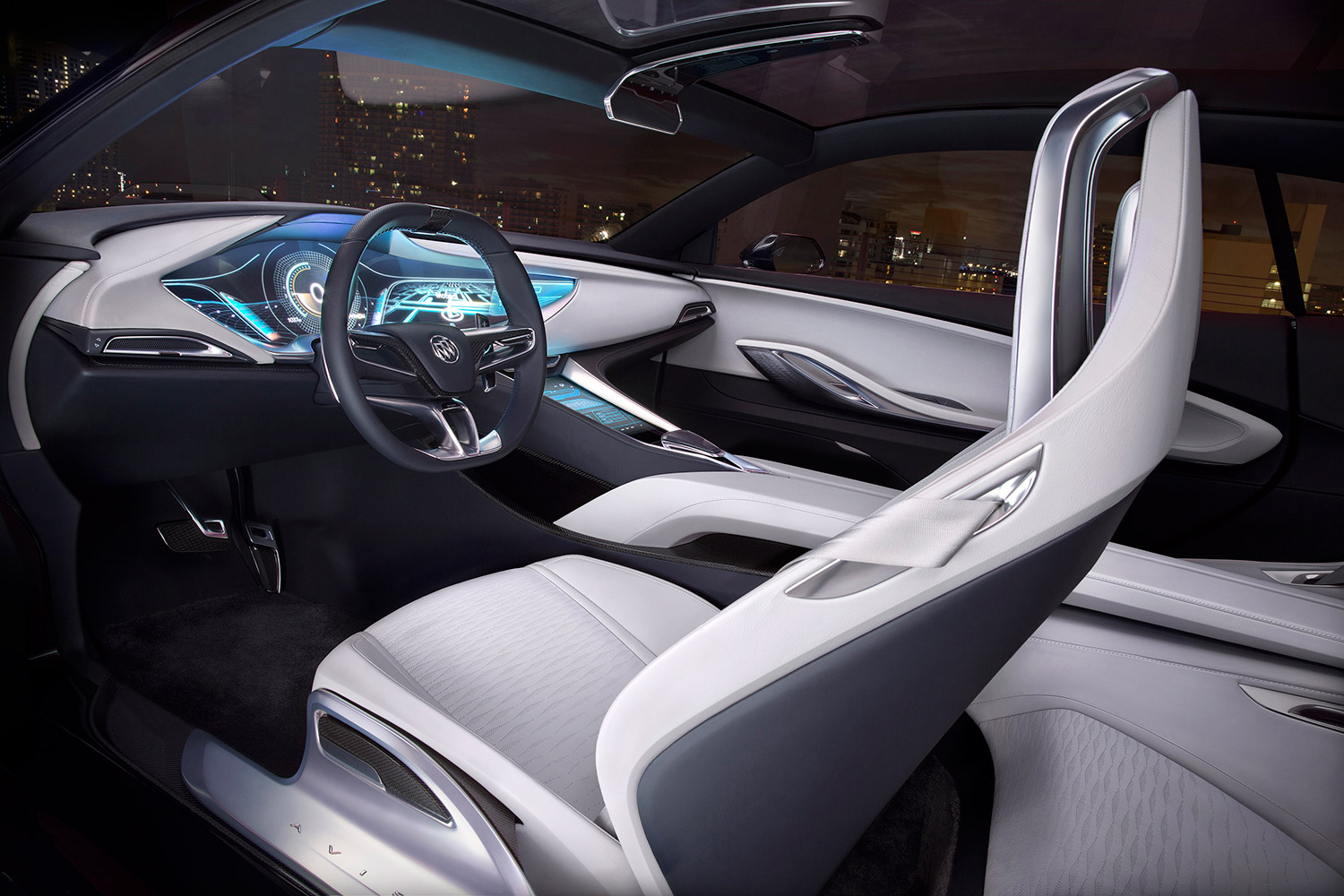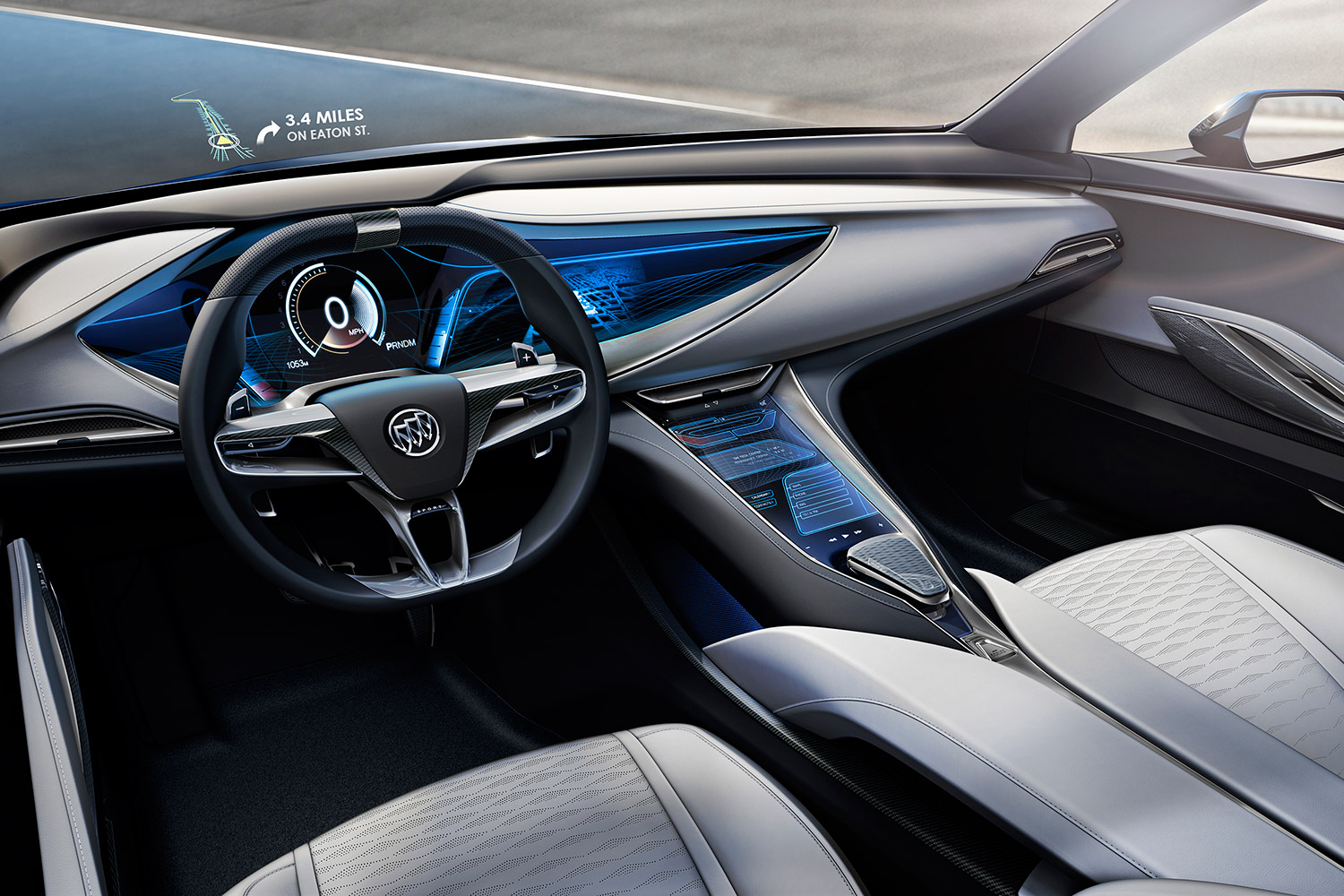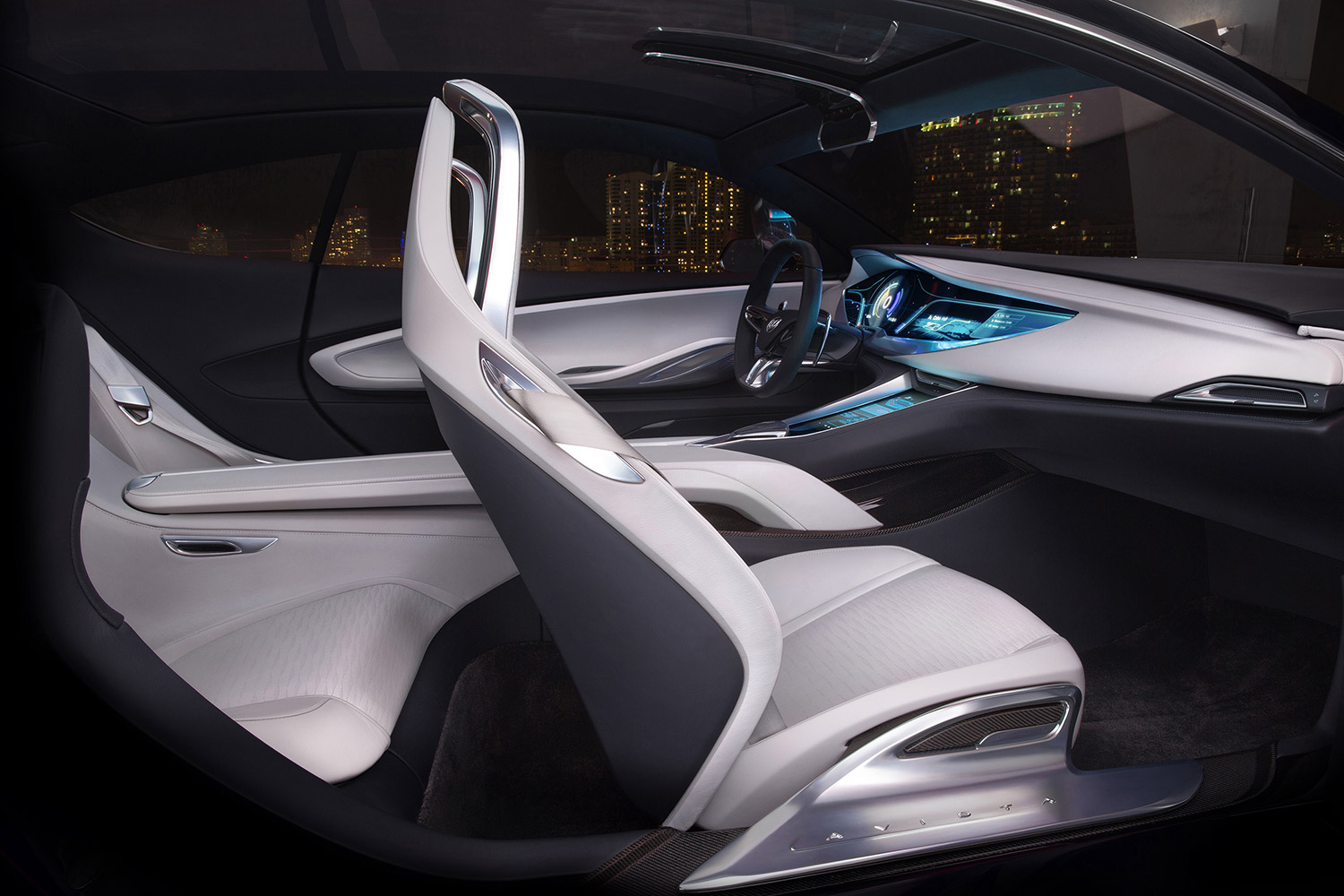If you’re under the impression that this year’s Detroit Auto Show was smaller than usual, you’re not alone. Indeed, several car makers – including Bentley, MINI, and Land Rover – decided to skip the event altogether.
That doesn’t mean it was dull: Companies from all over the globe trekked to Motor City to introduce new products including drool-inducing concepts and production-bound models brimming with tech features. To round out our coverage, we’ve singled out our top picks from the 2016 Detroit Show.
2017 Honda Ridgeline
Honda intentionally gave the second-generation Ridgeline a more conventional design in a bid to reach a wider audience. The stylish flying buttresses that characterized the original Ridgeline are gone, but the spacious crew cab configuration has been retained.
Built on a unibody platform, the Ridgeline offers buyers a more car-like alternative to the current crop of midsize pickup trucks. It’s unique on the market in that regard, but it might not stay that way for long because Hyundai has hinted the production version of the Santa Cruz concept is right around the corner.
2017 Mercedes-Benz E-Class
The 2017 E-Class predictably falls in line with Mercedes-Benz’s recent design language, which means it bears more than a passing resemblance to the smaller C-Class and the S-Class flagship. Don’t let the sheet metal fool you, there’s plenty to be excited about under the skin.
An array of sensors, cameras, and lasers allow the E to brake and accelerate autonomously at speeds of up to 130 mph. The driver still has to control the steering, though an improved version of Mercedes’ steering assist technology helps keep the car in its lane. The E also offers an industry-exclusive feature called Pre-Safe Sound that emits a short interference signal if it detects a collision is imminent to protect the occupants’ hearing.
2017 Chrysler Pacifica
Chrysler has completely reinvented the minivan. Wearing a nameplate last used nearly a decade ago on a short-lived crossover, the 2017 Pacifica gets a new look inspired by the 200 sedan and it rides on a brand new platform. Inside, families will be delighted to find a built-in vacuum cleaner – a feature borrowed from Honda — and Chrysler’s trademarked Stow n’ Go folding seats.
The Pacifica can drive on electricity alone for up to 30 miles thanks to an available plug-in hybrid drivetrain made up of two electric motors and a 16-kWh lithium-ion battery pack. It’s the industry’s first hybrid minivan, and Chrysler’s first mass-produced plug-in car. Non-hybrid models get a 3.6-liter Pentastar V6 with 287 horsepower and 262 pound-feet of torque.
2017 Ford F-150 Raptor SuperCrew
Developed by Ford Performance, the 2017 Raptor SuperCrew is based on the aluminum-bodied F-150, an architecture that allows it to weigh about 500 pounds less than the original model. It continues to feature unmistakably loud, in-your-face styling, but it trades its predecessor’s 6.2-liter V8 engine for a more efficient turbocharged 3.5-liter EcoBoost V6 that’s bolted to a 10-speed automatic transmission.
You’ll have to be patient if you want to put a 2017 Raptor in your garage – assuming it fits, that is. While a near-production-ready version of the truck was introduced at last year’s Detroit show, the Raptor isn’t scheduled to land in Ford showrooms until the end of the year.
2016 BMW M2
BMW introduced the 2016 M2 all the way back in October, but the coupe inexplicably skipped the Los Angeles Show and it didn’t make its official debut until the Detroit show opened its doors. It will have big shoes to fill when it goes on sale because it was designed to replace the vaunted, limited-edition 1 Series M Coupe.
A look at the specifications sheet suggests it’s up to the task. BMW has shoe-horned a 365-horsepower turbocharged 3.0-liter straight-six in the 2’s engine bay, installed ultra-light aluminum suspension components, and fitted a muscular-looking body kit. It’s nearly as fast to 60 mph as a Porsche 911 Carrera S when it’s equipped with a seven-speed dual-clutch transmission.
2017 Lincoln Continental
Monumentally important, the 2017 Lincoln Continental announces a new beginning for Ford’s oft-neglected premium brand. Distinctive styling cues such as the bold, arch-shaped grille, the futuristic headlights, and the door handles integrated into the belt line have been carried over from last year’s Continental concept to the production model.
Lincoln has paid a great deal of attention to even small details. For example, the company points out the stitching on the seats is limited to just six or seven stitches per inch to obtain a couture-like appearance. The only engine announced so far is a new, Lincoln-specific twin-turbocharged 3.0-liter V6 engine rated at 400 horsepower, but less powerful engines will be added to the lineup later in the production run.
2017 Genesis G90
“A what G90?”
Genesis is a new sub-brand that Hyundai recently launched to take on luxury car makers like Mercedes-Benz, BMW, Lexus, and Acura. The 2017 G90 is currently the only member of the Genesis lineup, but the company’s product plan calls for the launch of a coupe, a smaller sedan, and at least two crossovers in the coming years.
Designed to replace the aging Hyundai Equus, the G90 ushers in the elegant design language that will influence every Genesis model in the foreseeable future. It also earns the honor of being the most luxurious Hyundai product ever built thanks to a cabin packed with acres of leather upholstery and real wood trim.
2017 GMC Acadia
GMC has shed 700 pounds from the Acadia by building it with lightweight materials such as high-strength steel, and by making it seven inches shorter and about three inches narrower than its predecessor. The diet makes it possible for GMC to offer its newest crossover with a 2.5-liter four-cylinder engine, though a V6 mill is still available for power-hungry buyers.
The range-topping Acadia Denali continues to bring an extra serving of luxury inside and out, while the new-for-2017 Acadia All-Terrain relies on a twin-clutch all-wheel drive system to go a little further off the beaten path.
2017 Lexus LC 500
The 2017 Lexus LC 500 brings concept car styling to the showroom. Inspired by the LF-LC concept, it’s a striking coupe that turns heads with an oversized rendition of Lexus’ ubiquitous spindle grille, boomerang-shaped LED daytime running lights, blacked-out C-pillars, and tail lamps embedded in chrome frames.
Bucking the industry’s downsizing trend, Lexus has equipped the LC with a naturally-aspirated 5.0-liter V8 engine that delivers 467 horsepower and 389 pound-feet of torque. A new 10-speed automatic transmission sends power to the rear wheels. Only time will tell if an eye-catching look and a big-bore engine are enough to lure BMW owners into Lexus dealerships.
Buick Avista concept
The Avista concept is unlike any Buick you’ve seen before. It shatters the perception that Buick only makes big, boring sedans and crossovers with a muscular-looking front end, an arched roof line, and pronounced haunches. Power is provided by a twin-turbocharged V6 engine that sends 400 horsepower to the rear wheels.
The question everyone wants to know the answer to is “will it be built?” Buick stresses the Avista is just a concept, but recent rumors suggest Germany-based sister company Opel will launch a sleek-looking coupe called GT in the coming years. Could General Motors kill two birds with one stone – and harness the power of economies of scale – by giving Buick and Opel each a version of the Avista? We’ll know more when Opel introduces the GT concept at this year’s Geneva Motor Show.
